
Forced Perspective
Martin TärnrotForced perspective—what is it? Let’s find out with MRA Contributing Editor Martin Tärnrot.
On most model railroad layouts, the depth is limited due to the limited space in the home. But there are a few tricks you can use to enhance the appearance of the actual depth. You can create the illusion that you have an almost infinite landscape in front of you, even if it’s just, for example, your bookshelf. Here are Martin’s tips:
SELECTED SCALE IN THE FRONT, SMALLER SCALE IN THE BACK
Martin shows a layout with two bridges—a tall one in the front and a smaller one in the back. The actual distance between them is about one foot. However, it looks like there’s an eternity of space between the two bridges. Martin accomplished this by building the small (farther back) bridge in N scale, which is 1:160, while the large bridge up front is standard HO scale, 1:87.
LARGE TREES CLOSE, SMALL AND LESS DETAILED TREES IN THE BACK
Similarly, large trees in the front of the layout can be twice as big as the trees toward the back. They are assembled almost parallel on the layout. This is a great advantage with building your own trees as opposed to buying them—you can custom size them. The trees in the back should be very small, or even puff balls.
Here on MRA, we have numerous videos about trees and how to make your own.
VIVID COLORS IN FRONT, MUTED COLORS TOWARD THE BACKDROP
Another way to enhance the effect of near and far is by using vivid colors up front and muting the colors toward the back. Do this in combination with brighter lights near the back. Martin takes measurements with his smartphone—at the front, he has 1850 lux of light. At the back, he has almost twice as much illumination.
We also have several videos about lighting, including Enhancing Your Scenes With Model Train Lighting.
Share tips, start a discussion or ask one of our experts or other students a question.
Already a member? Sign in
One Response to “Forced Perspective”
Explore videos by Martin Tärnrot
You may be interested in
Premium Membership
Unlock exclusive member content from our industry experts.
- 24/7 Access to Premium Model Railroading Videos, Projects, and Tips
- Step-by-Step Instructional Guides & Layout Plans
- 50% Off Video Downloads Purchased in the Model Railroad Academy Shop
- Access to Ask the Expert Program
Unlock exclusive member content from our industry experts.
- 24/7 Access to Premium Model Railroading Videos, Projects, and Tips
- Step-by-Step Instructional Guides & Layout Plans
- 3 Full-Length Video Downloads to Watch Offline
- 50% Off Video Downloads Purchased in the Model Railroad Academy Shop
- Access to Ask the Expert Program
Gold Membership
$326 Value
Get everything included in Premium plus exclusive Gold Membership benefits.
- 24/7 Access to Premium Model Railroading Videos, Projects, and Tips
- Step-by-Step Instructional Guides & Layout Plans
- 9 Full-Length Video Downloads to Watch Offline
- 2 Full-Length Classes to Keep for Life
- 2 Downloadable Guides
- Discounts on Purchase-to-Own Content in the Model Railroad Academy Shop
- Access to Ask the Expert Program
- Exclusive GOLD LIVE Streaming Events

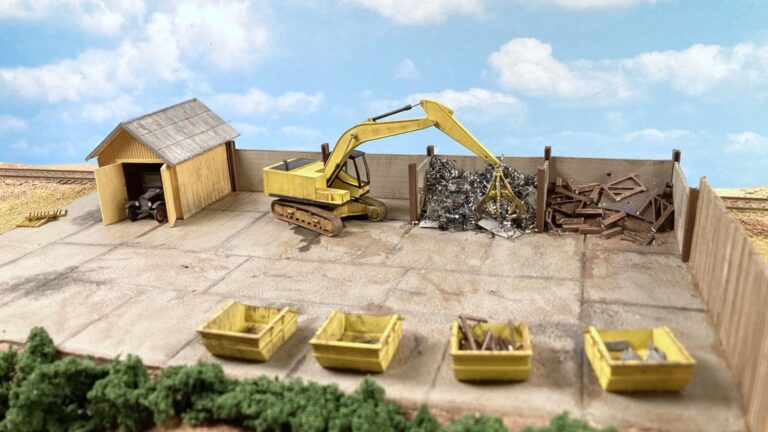

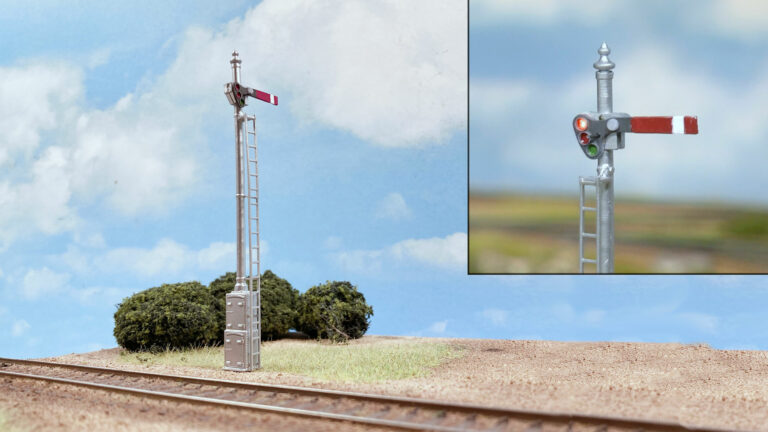
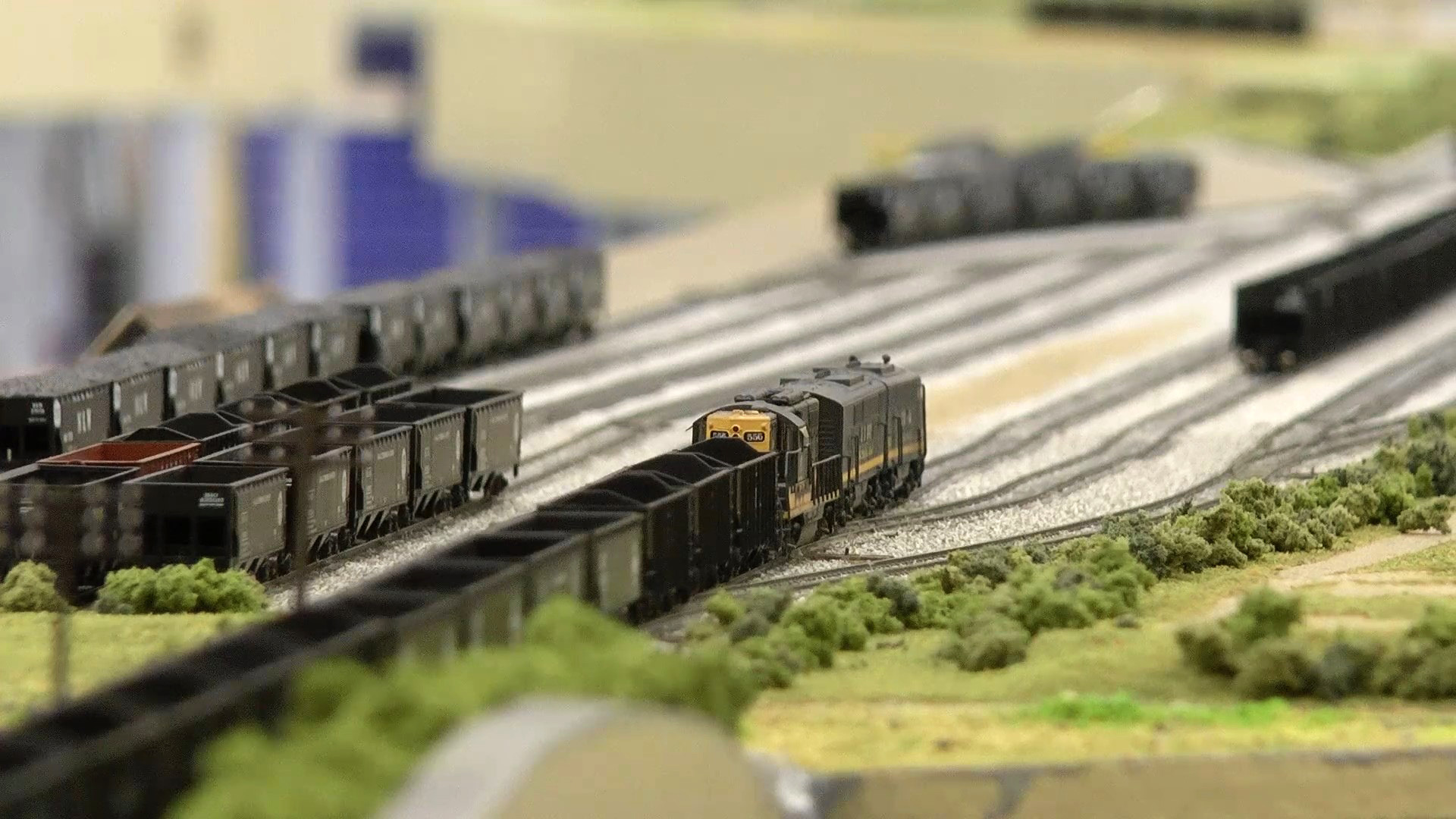
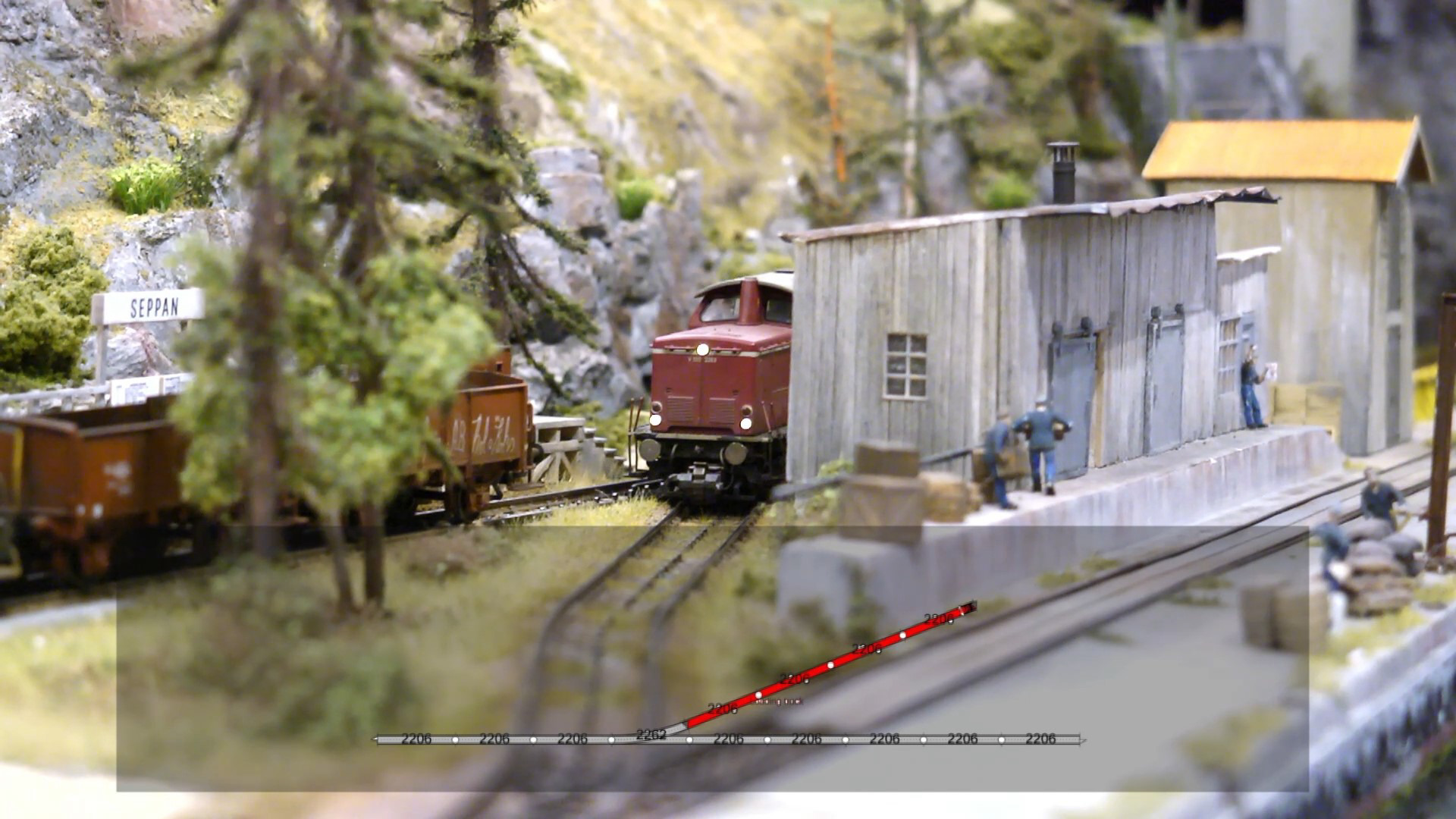


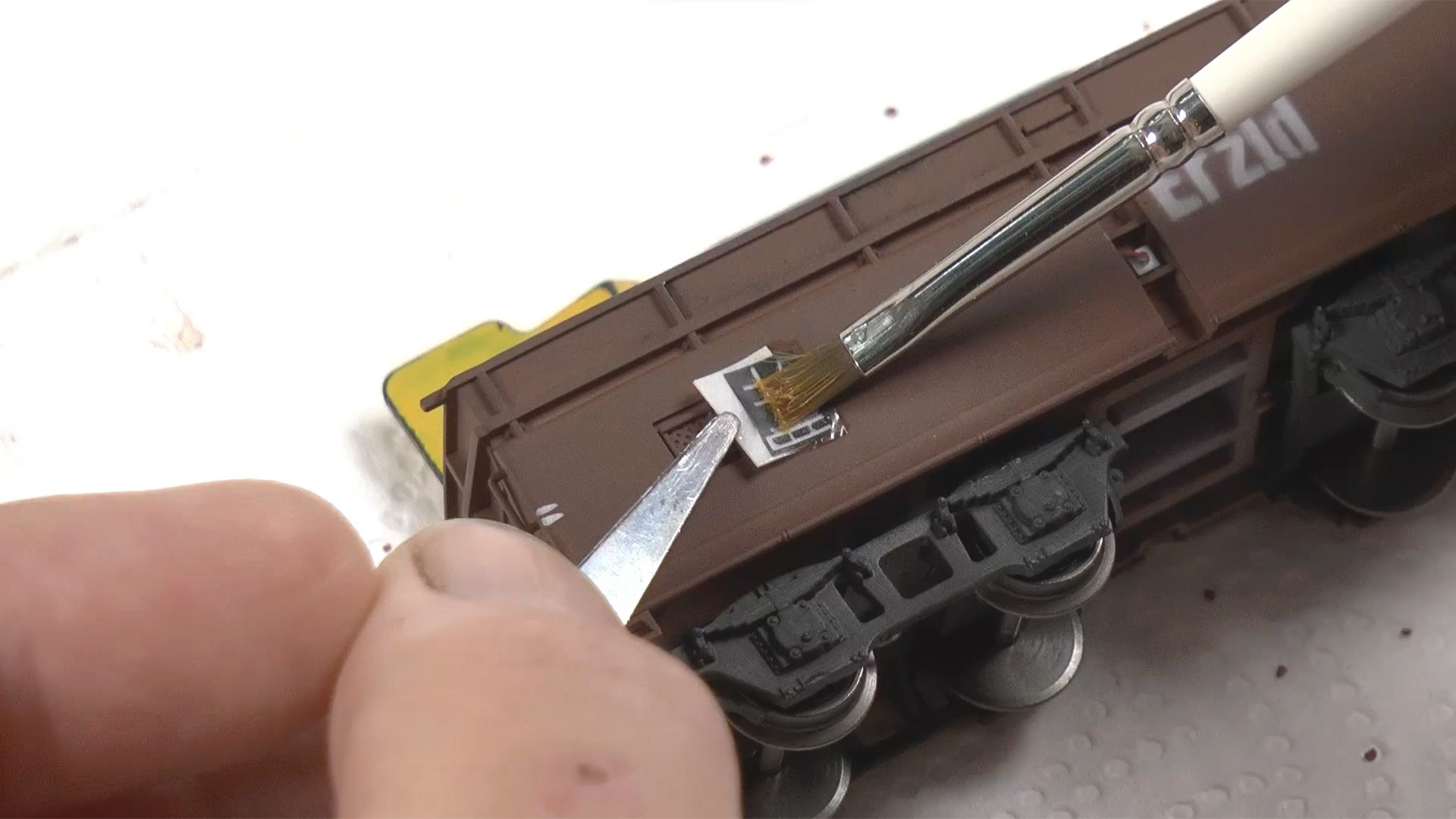
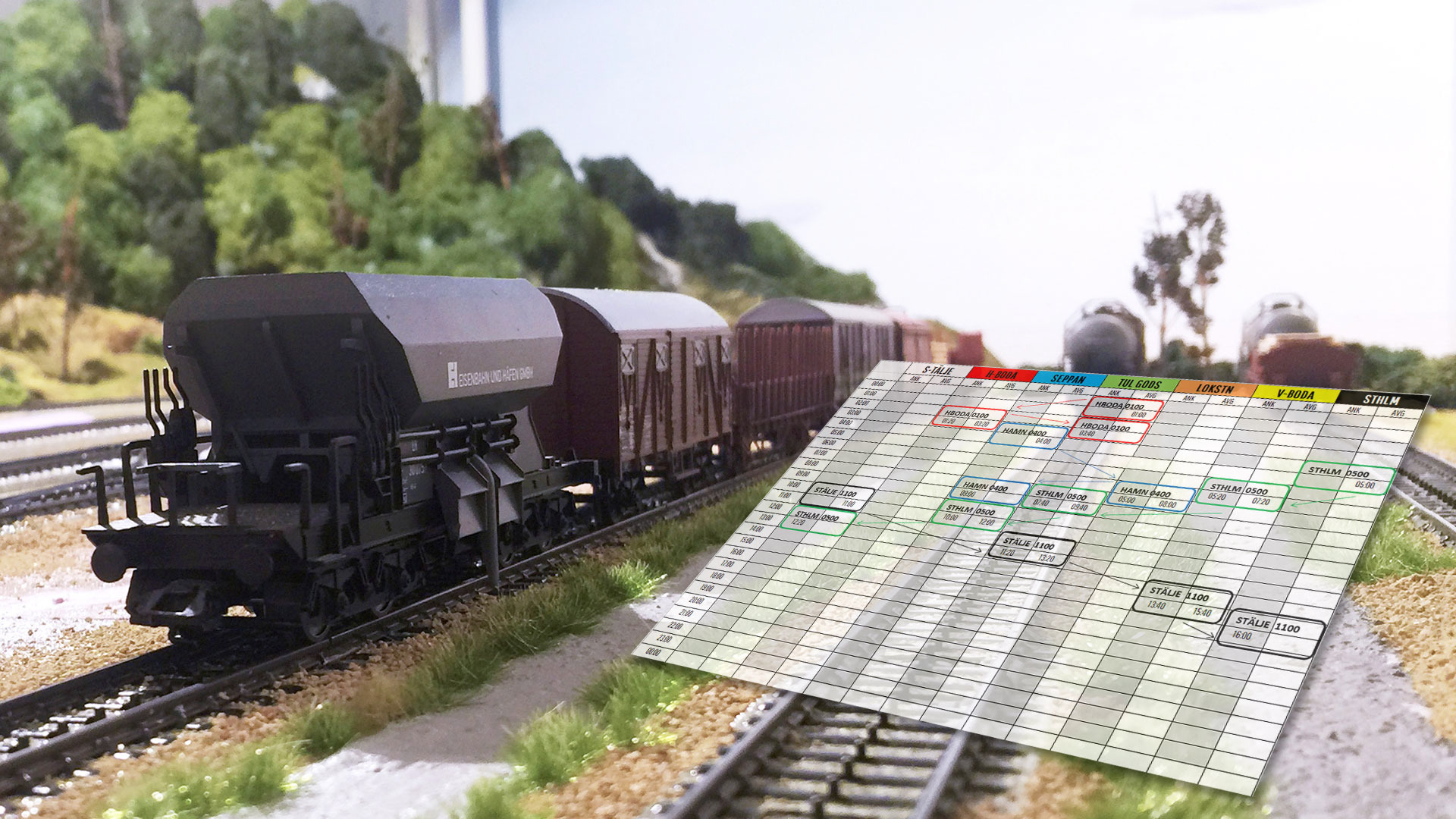
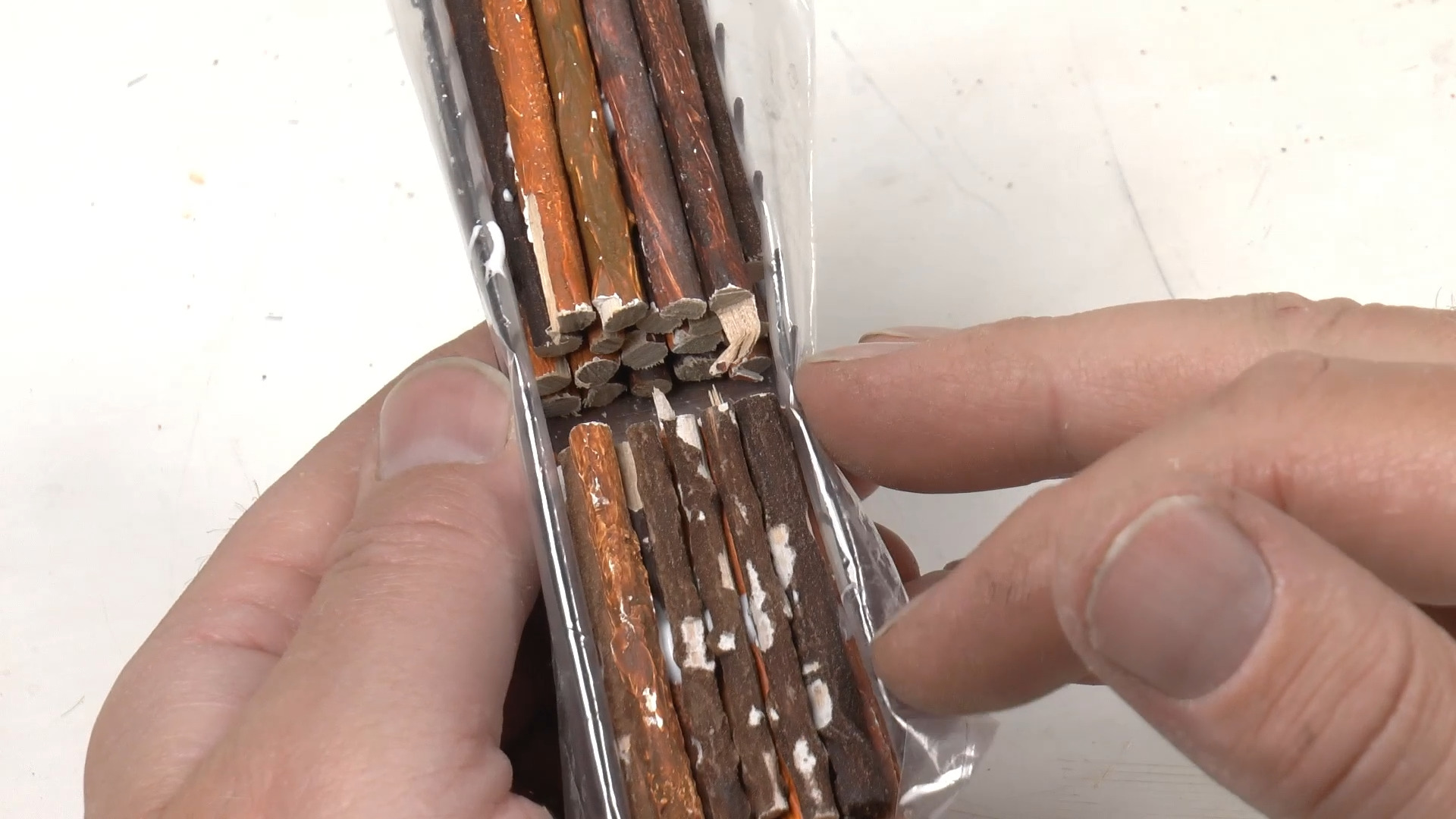
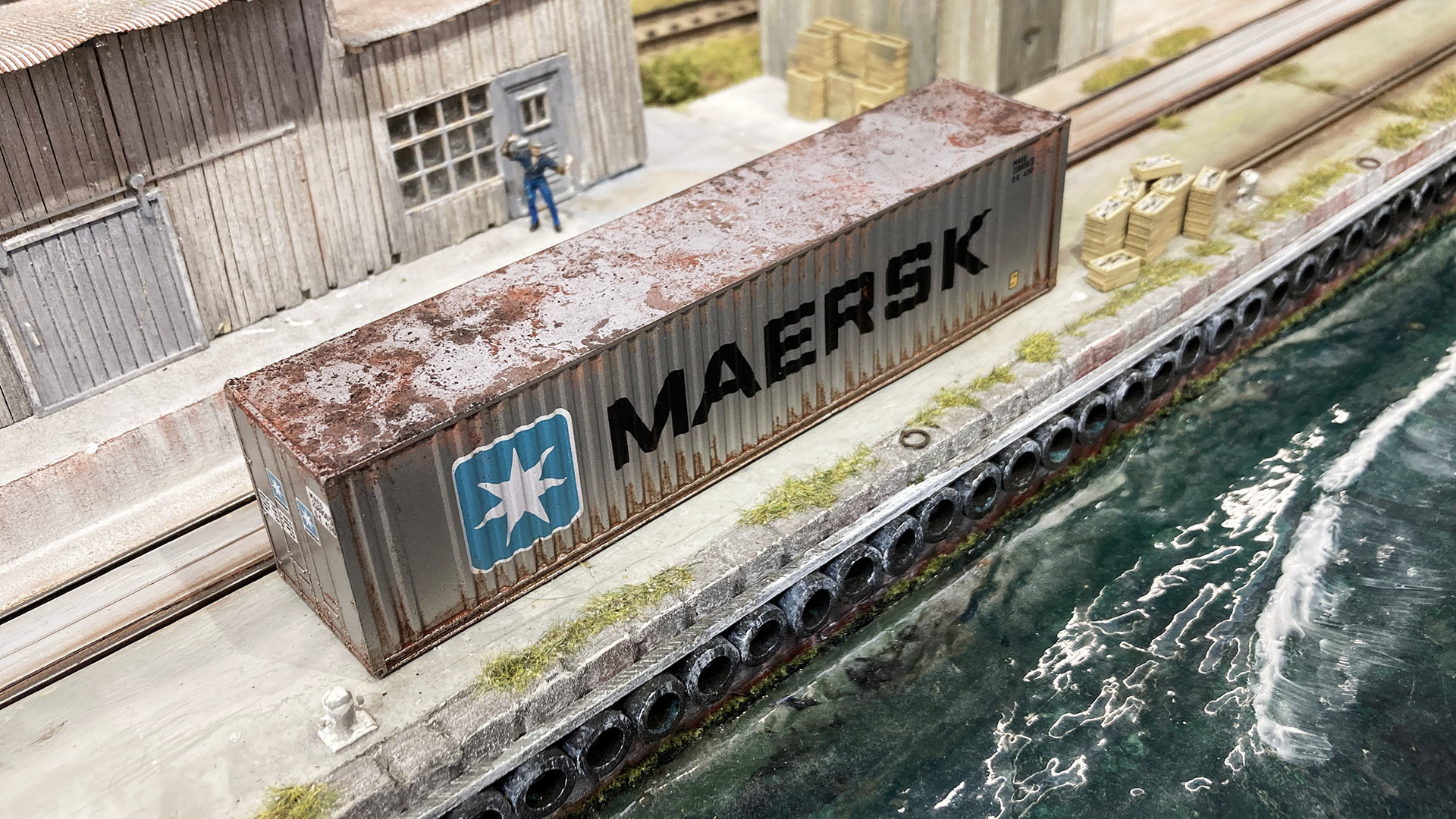
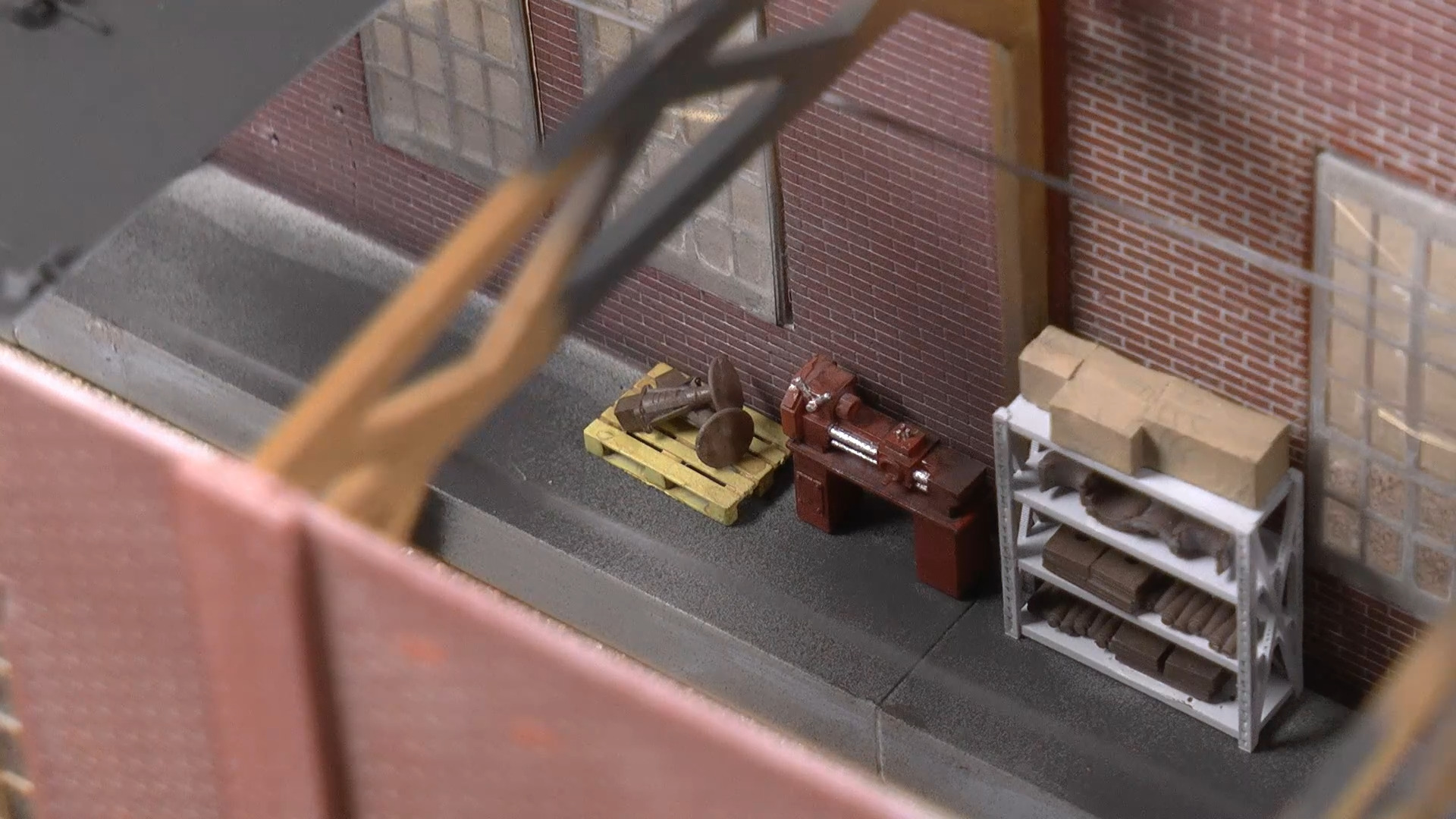

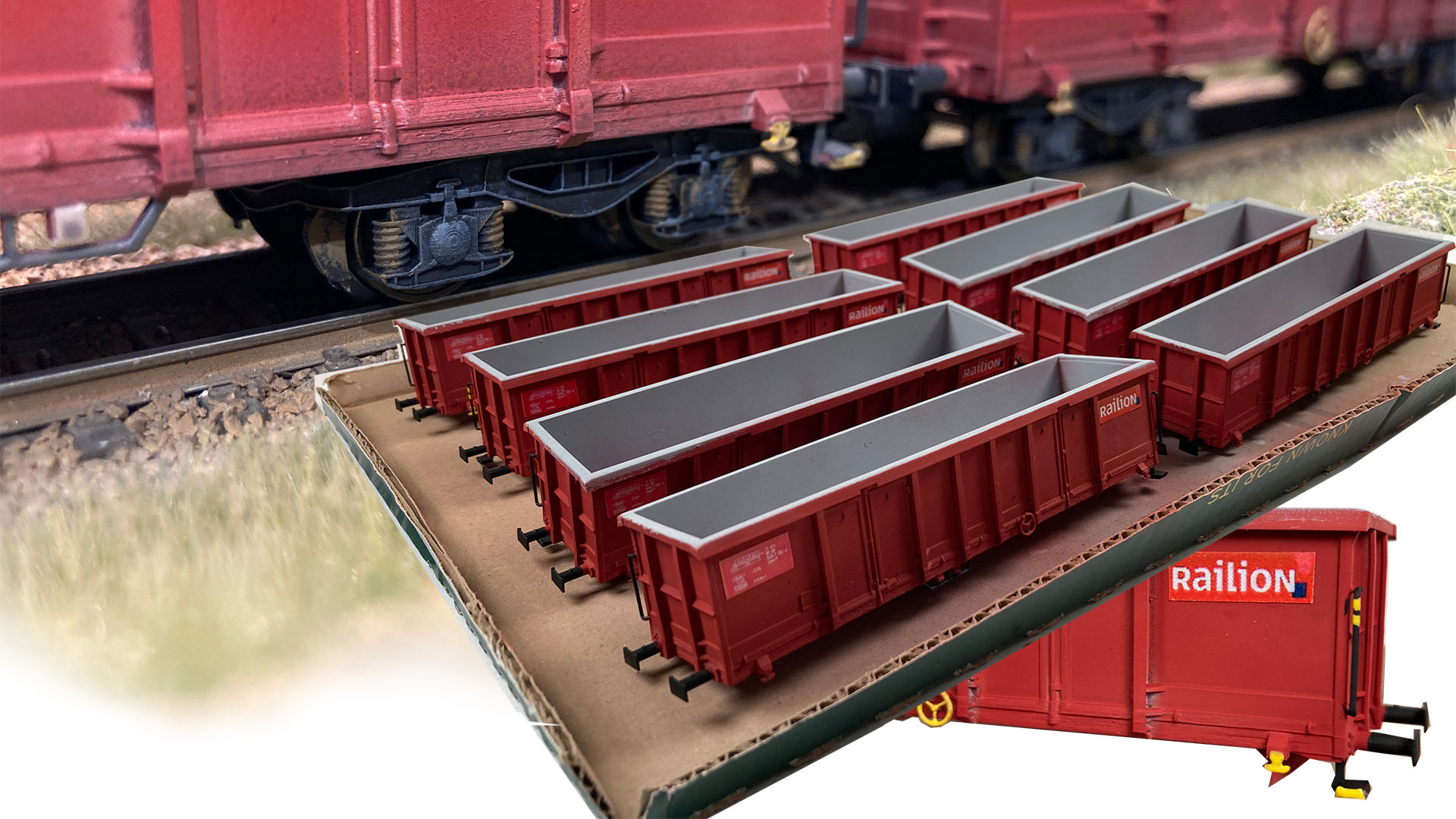
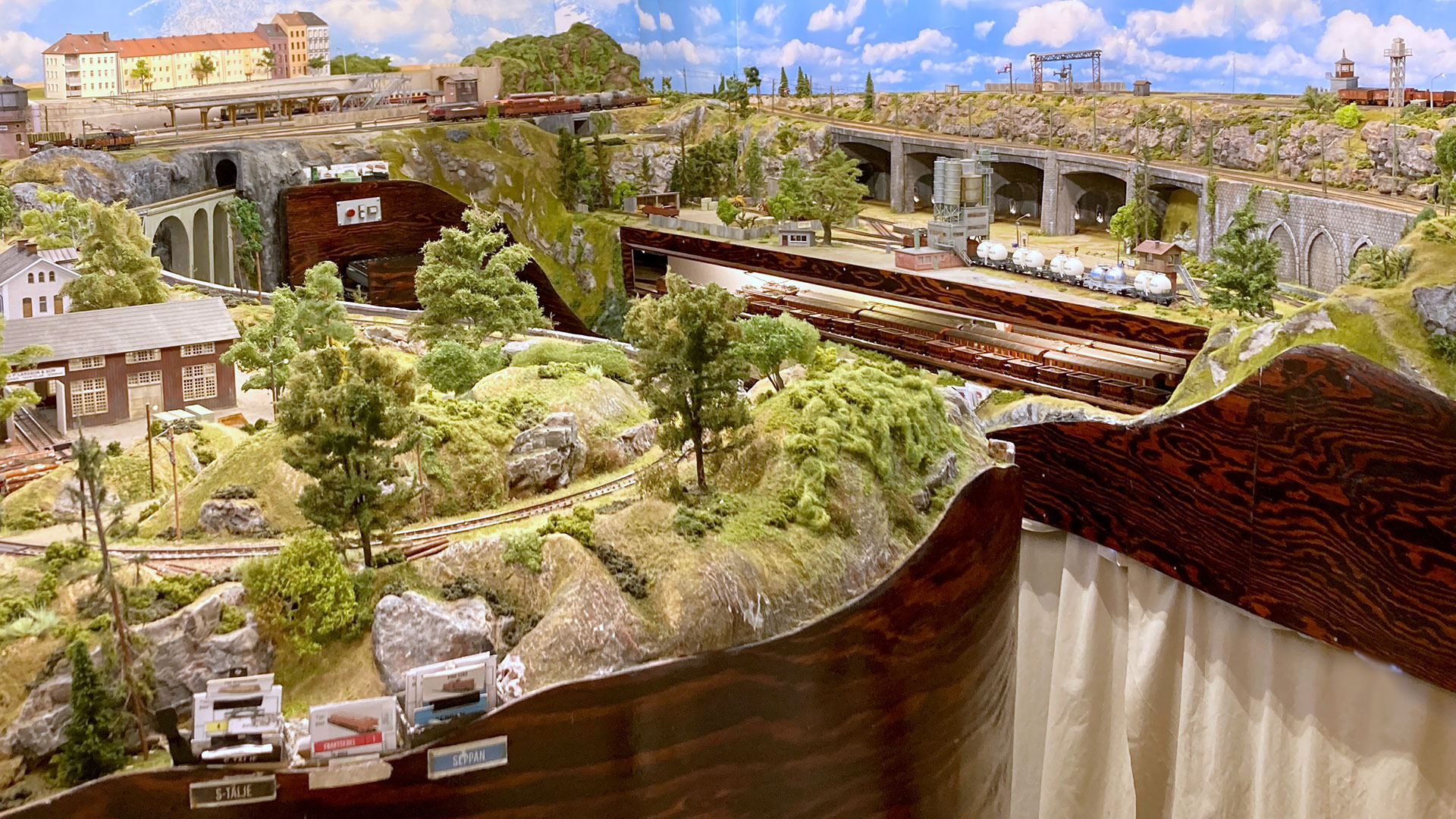
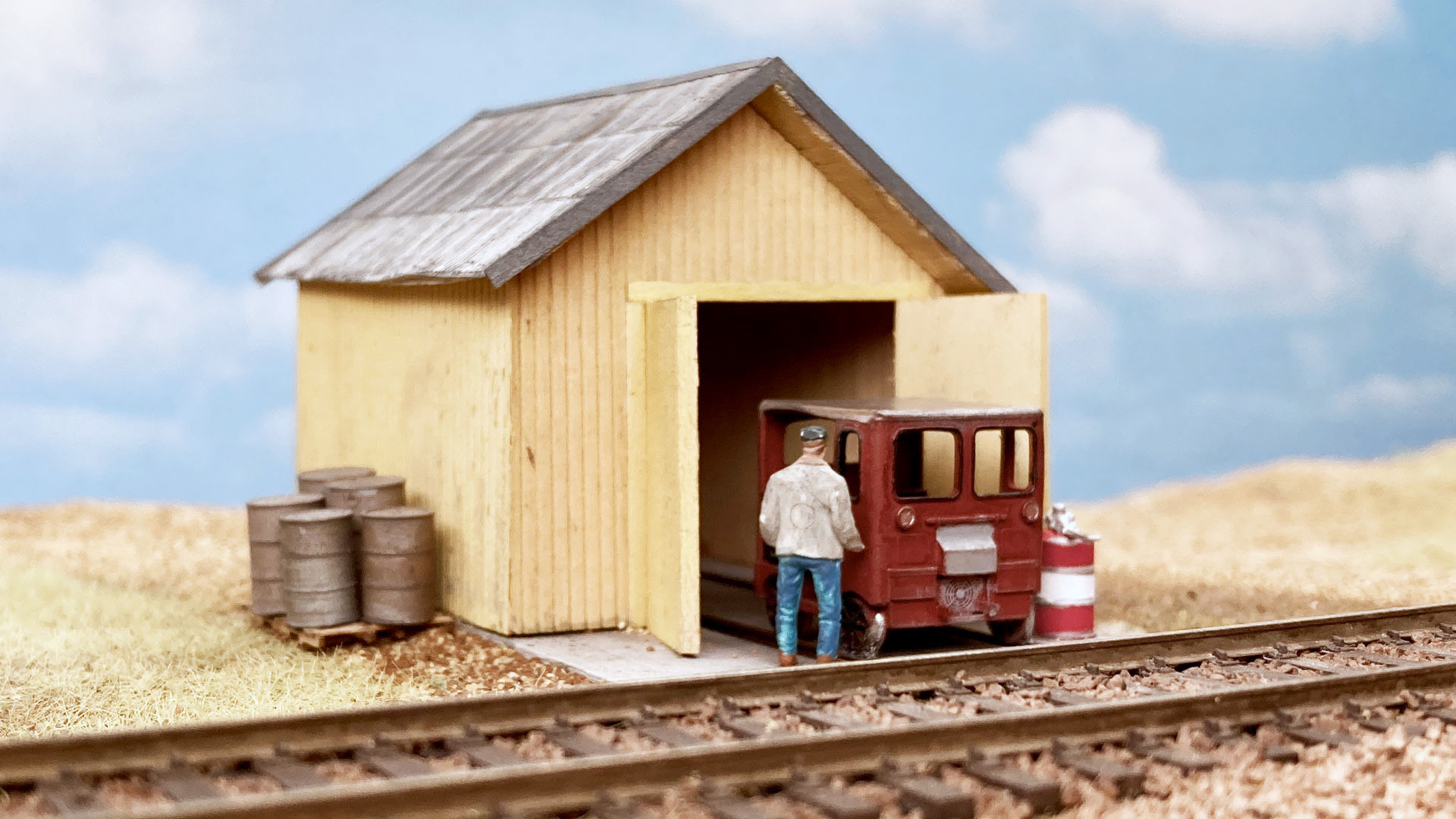

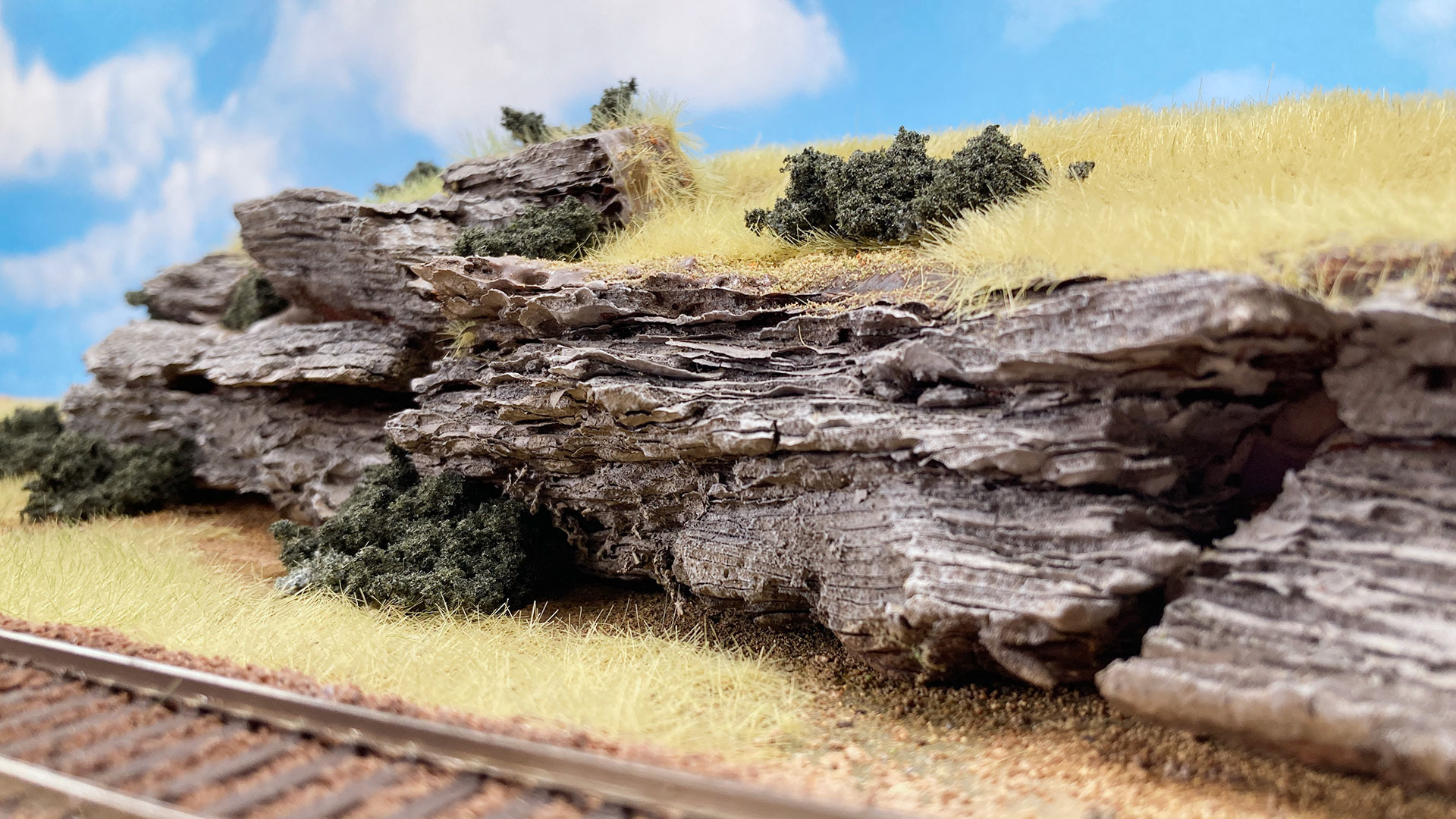

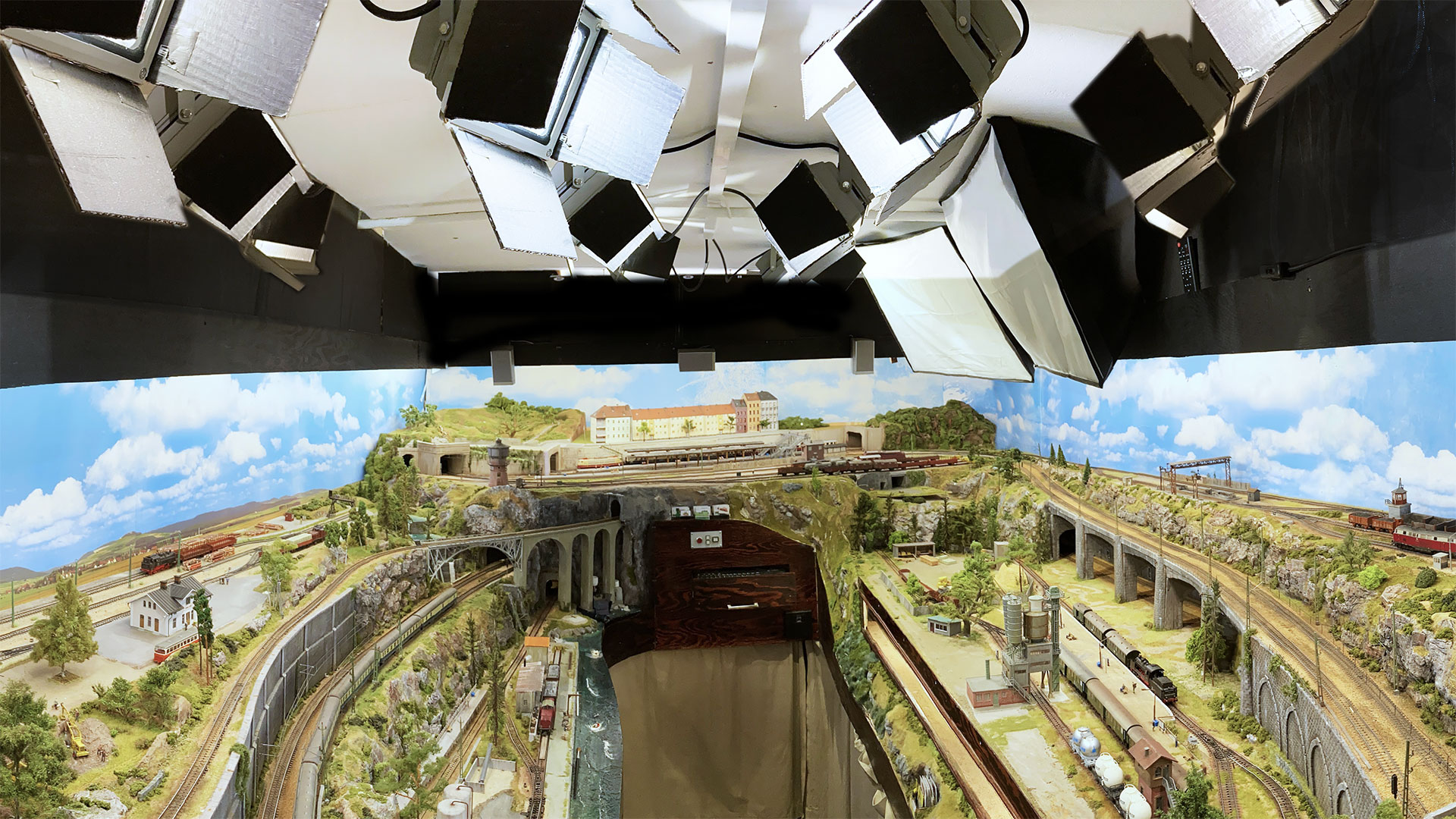
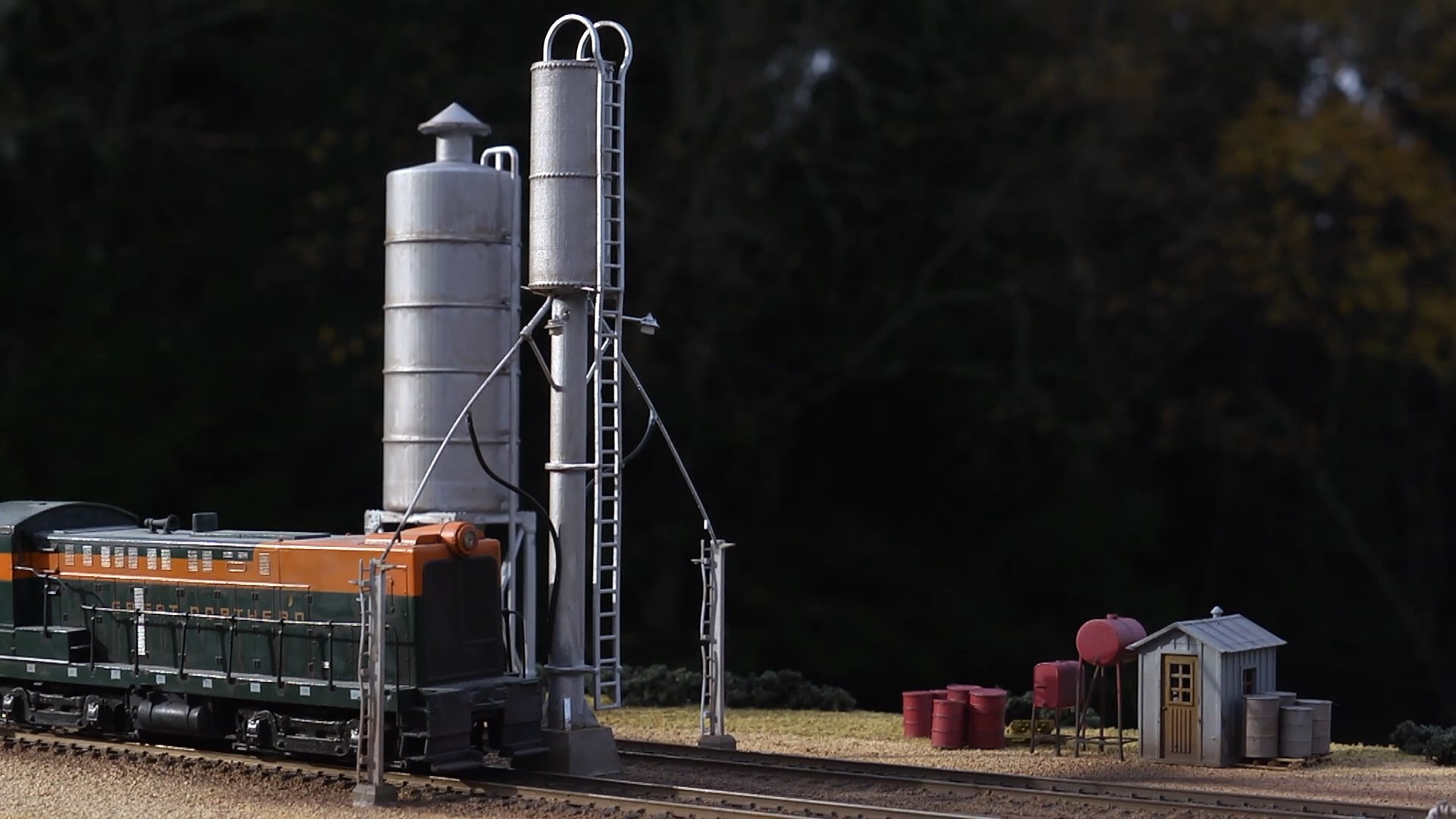
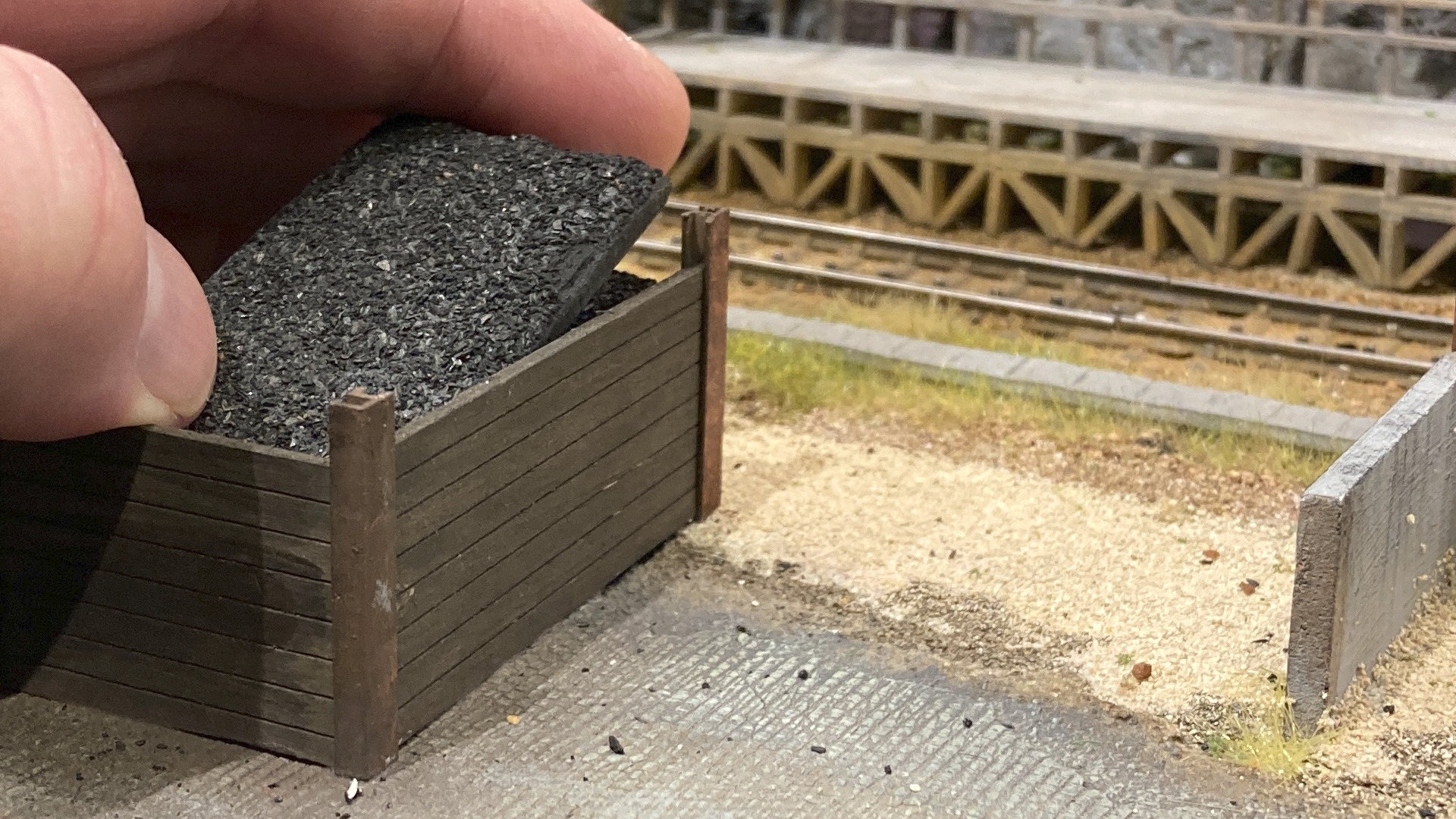
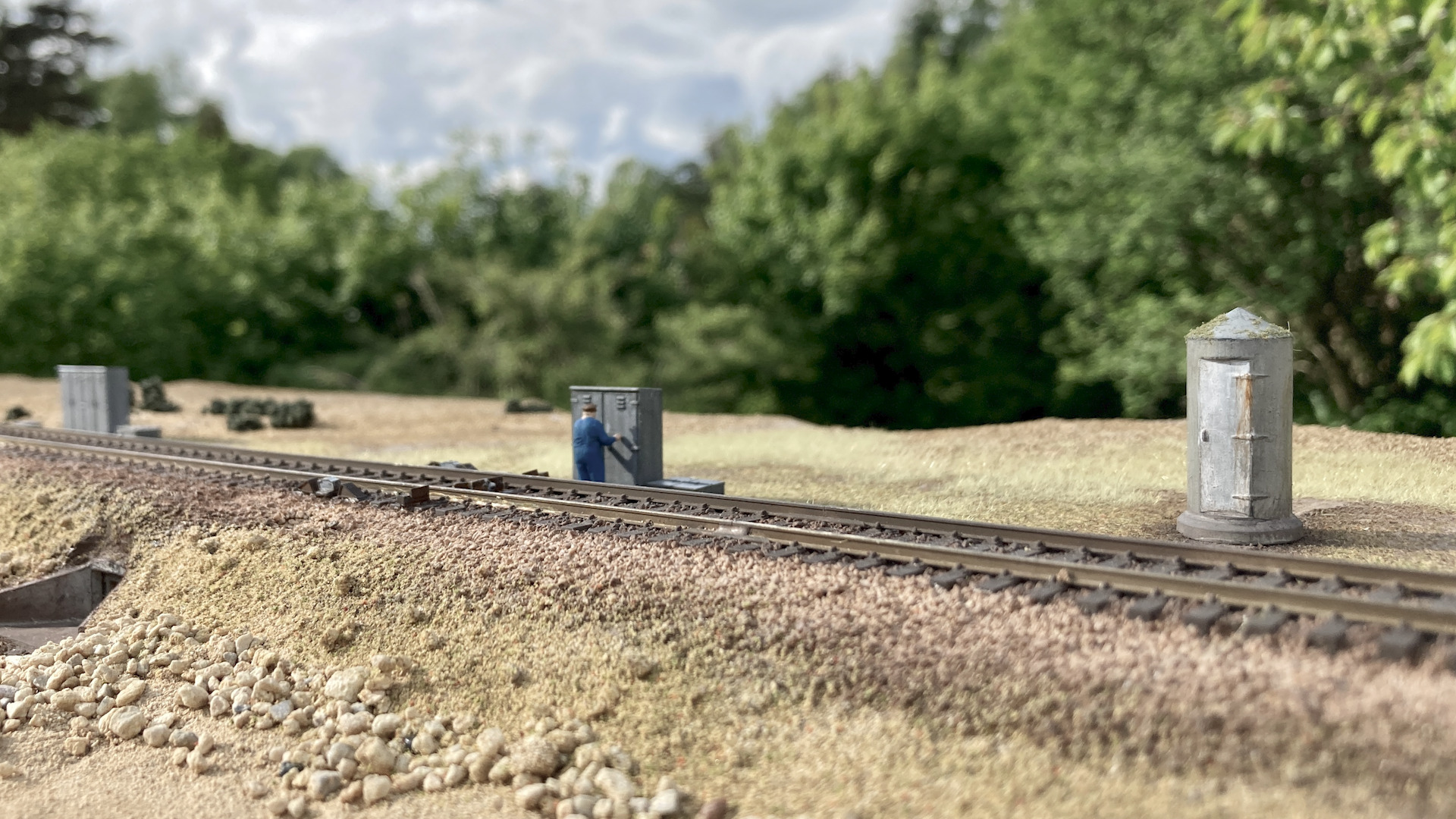
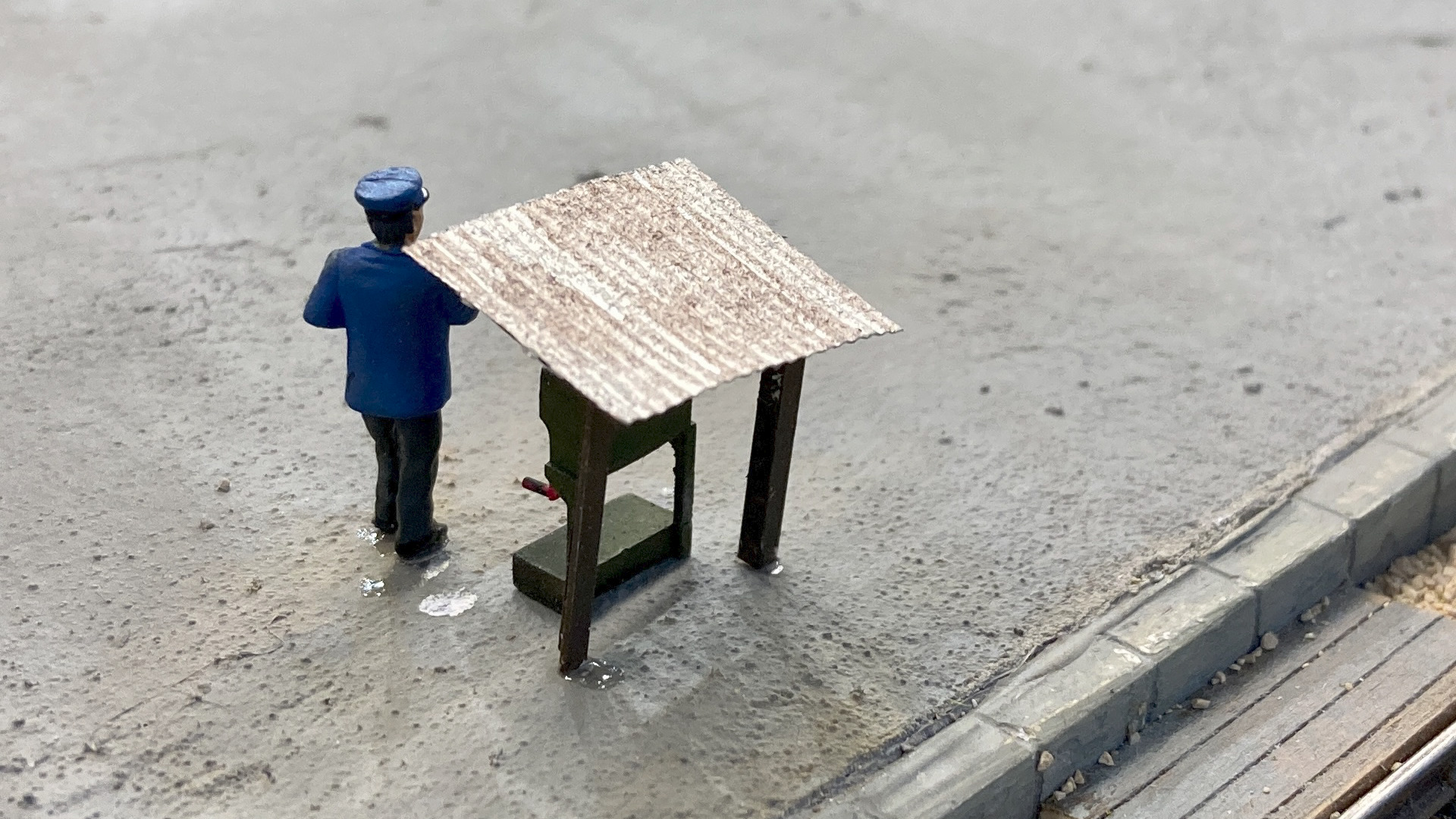
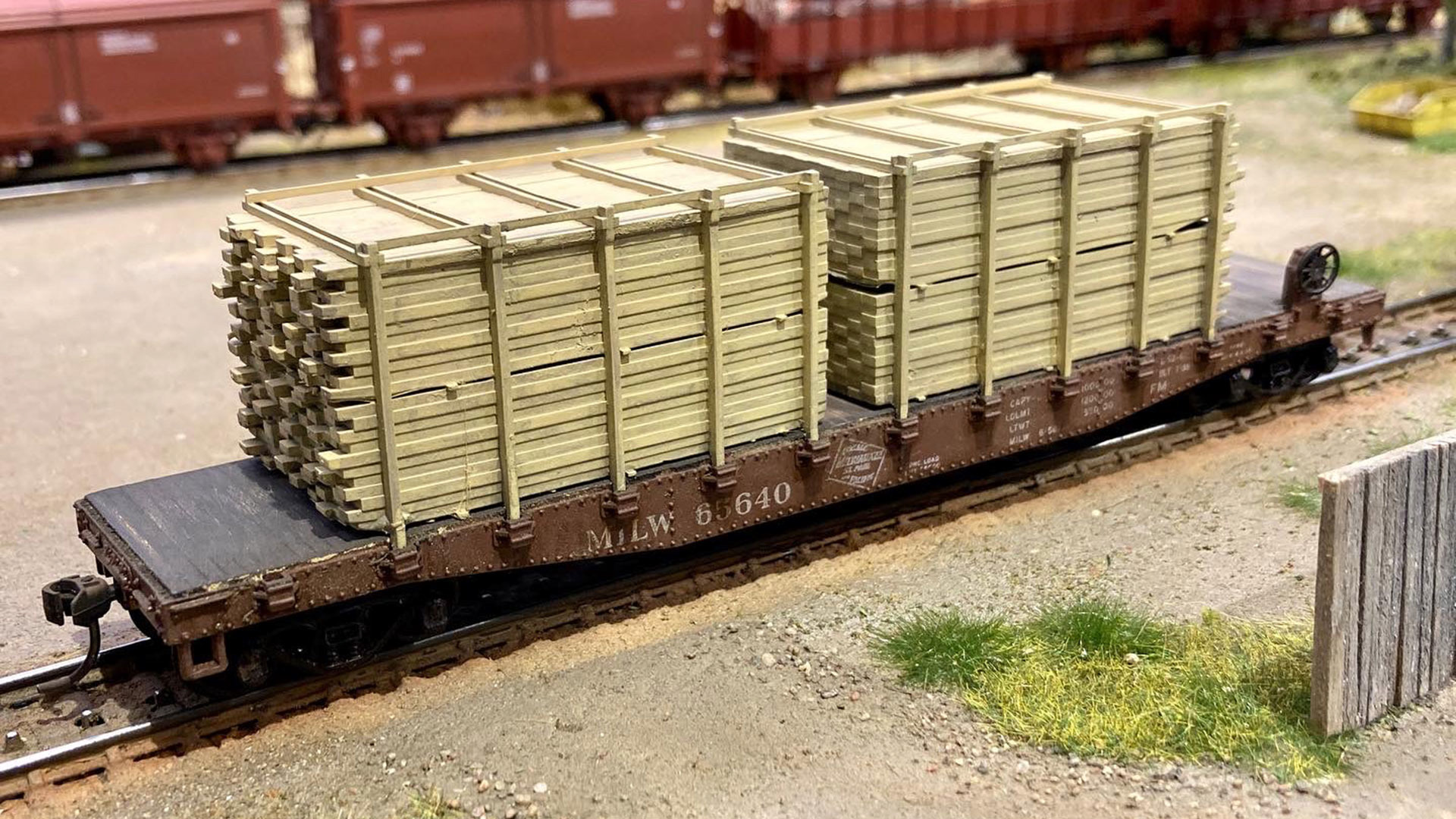
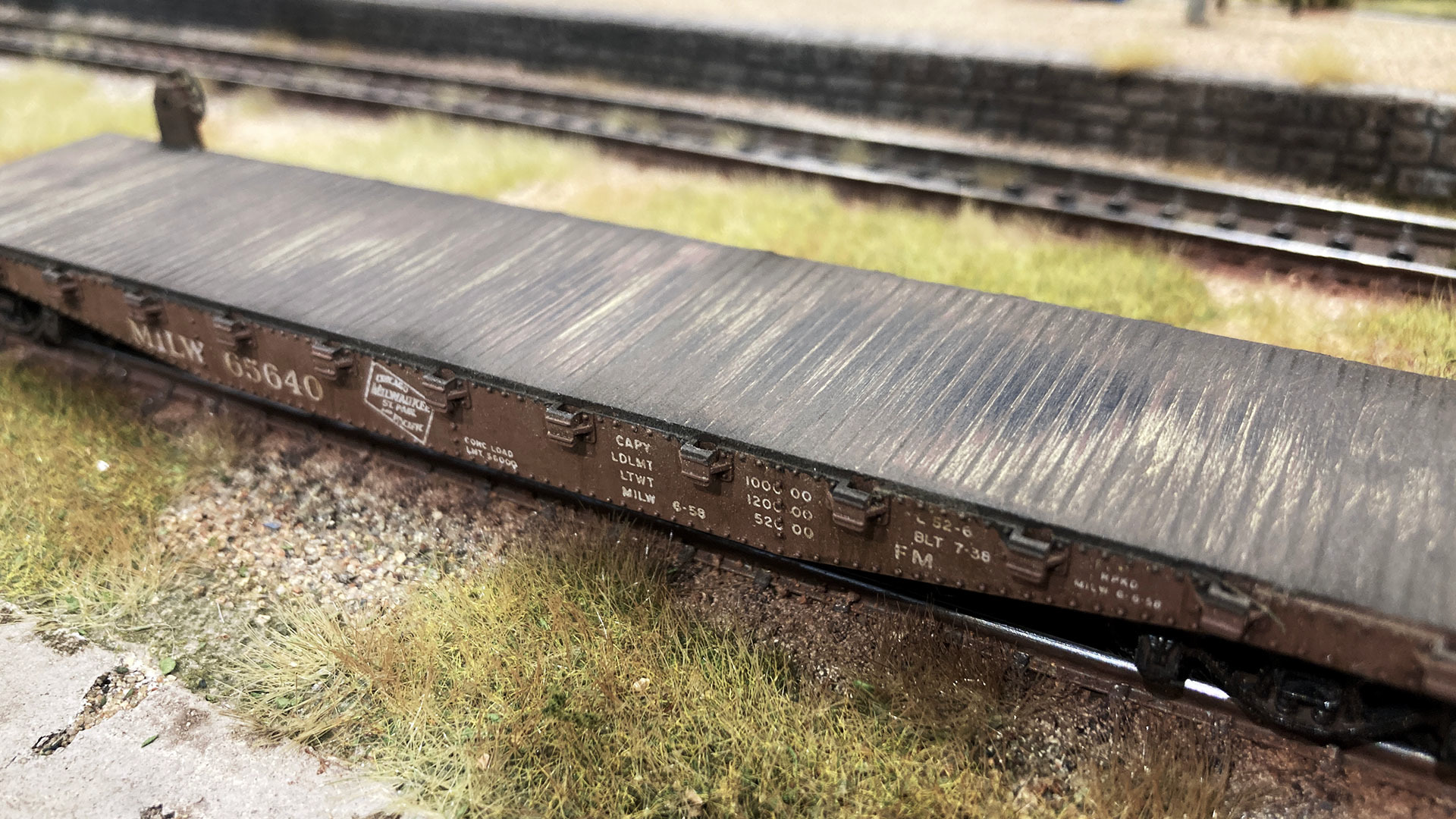
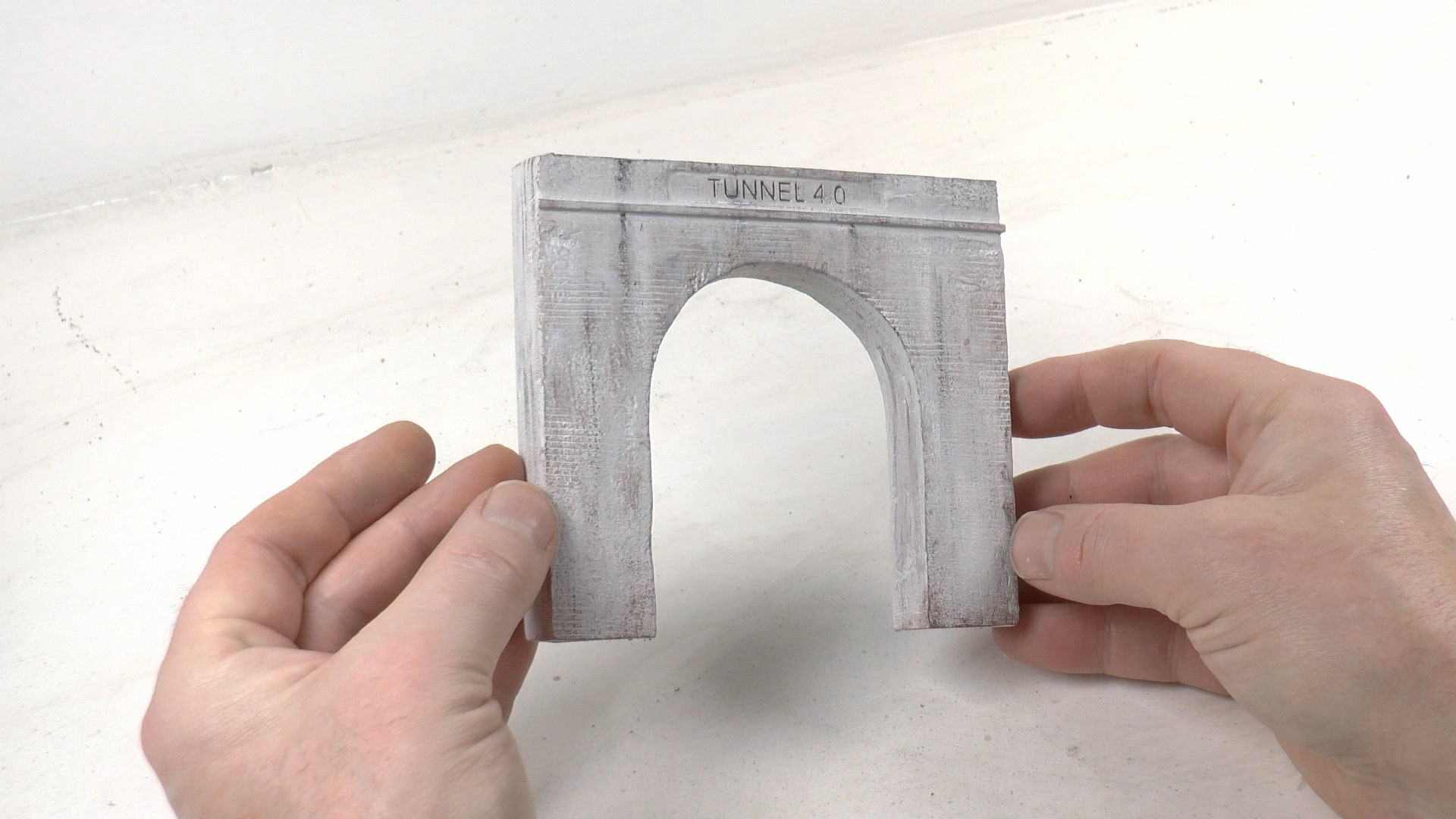
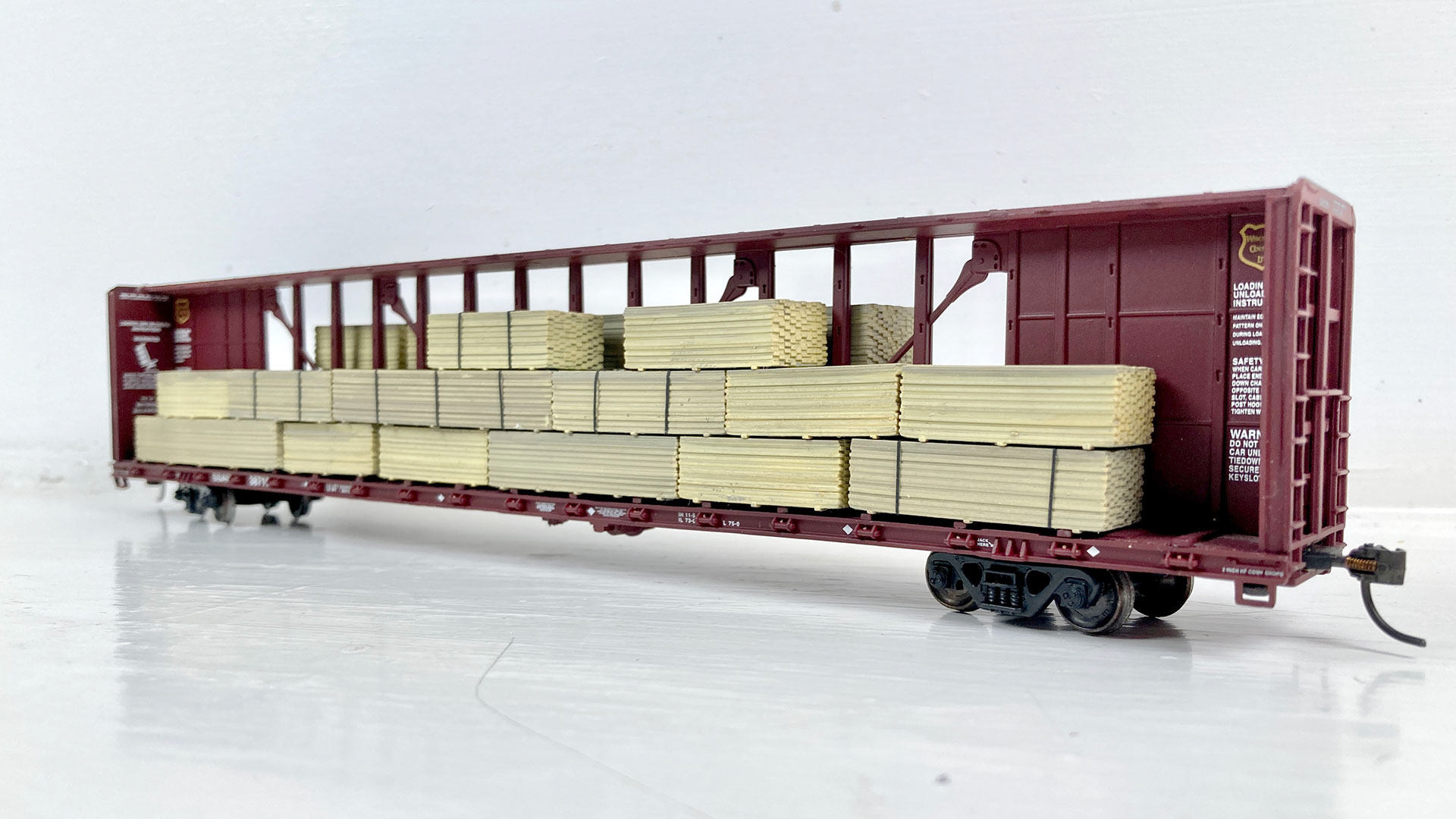

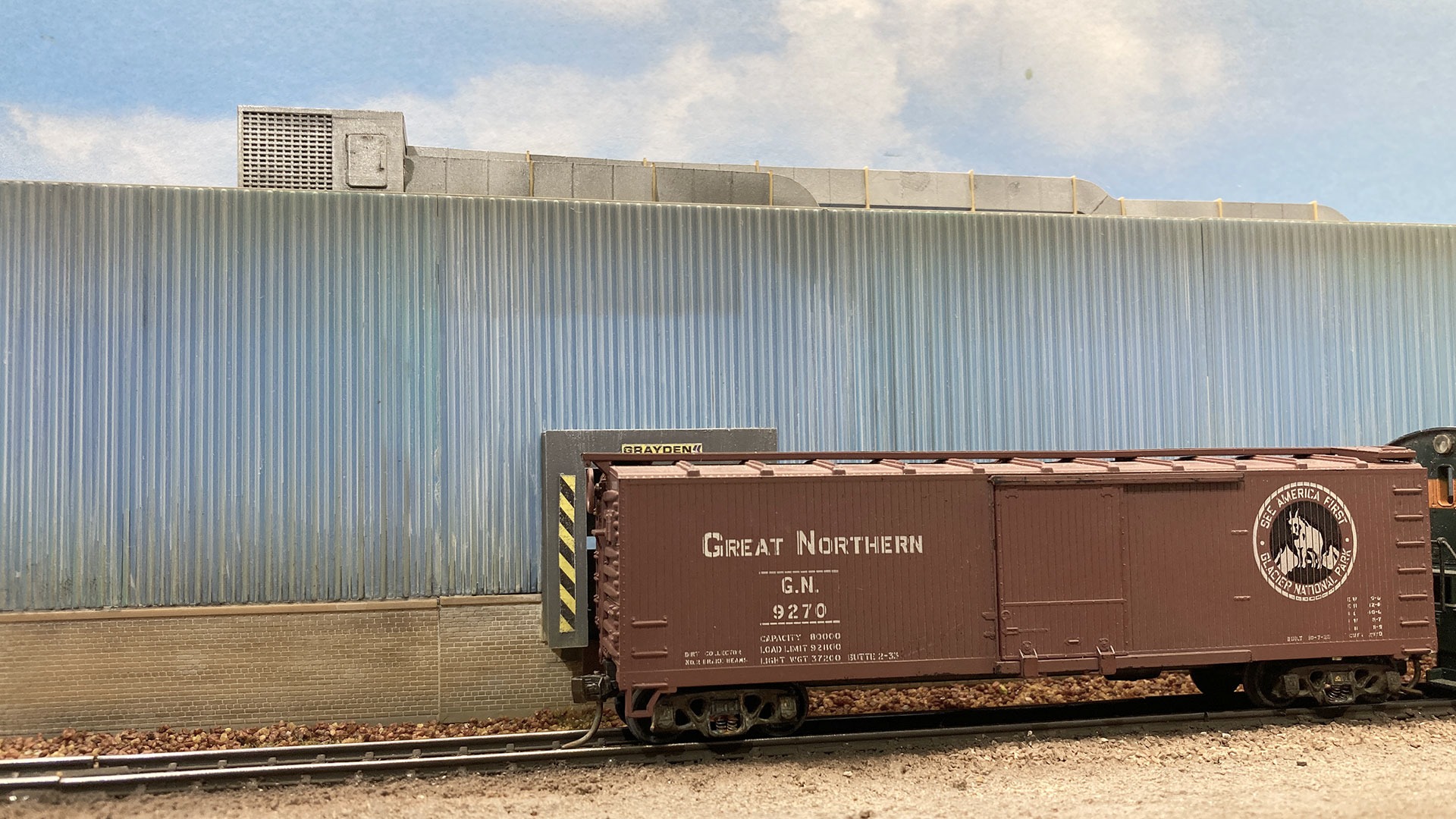
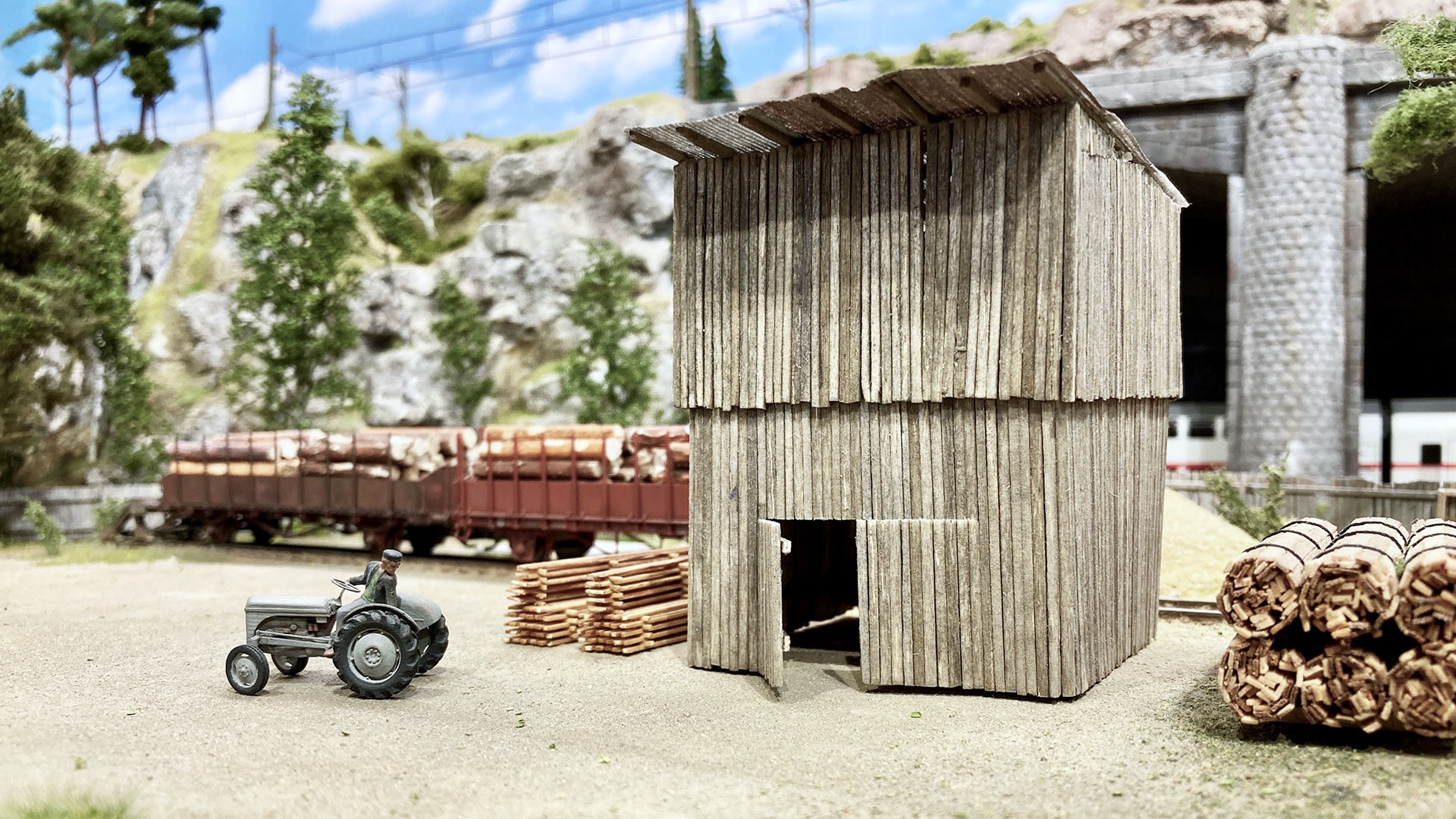
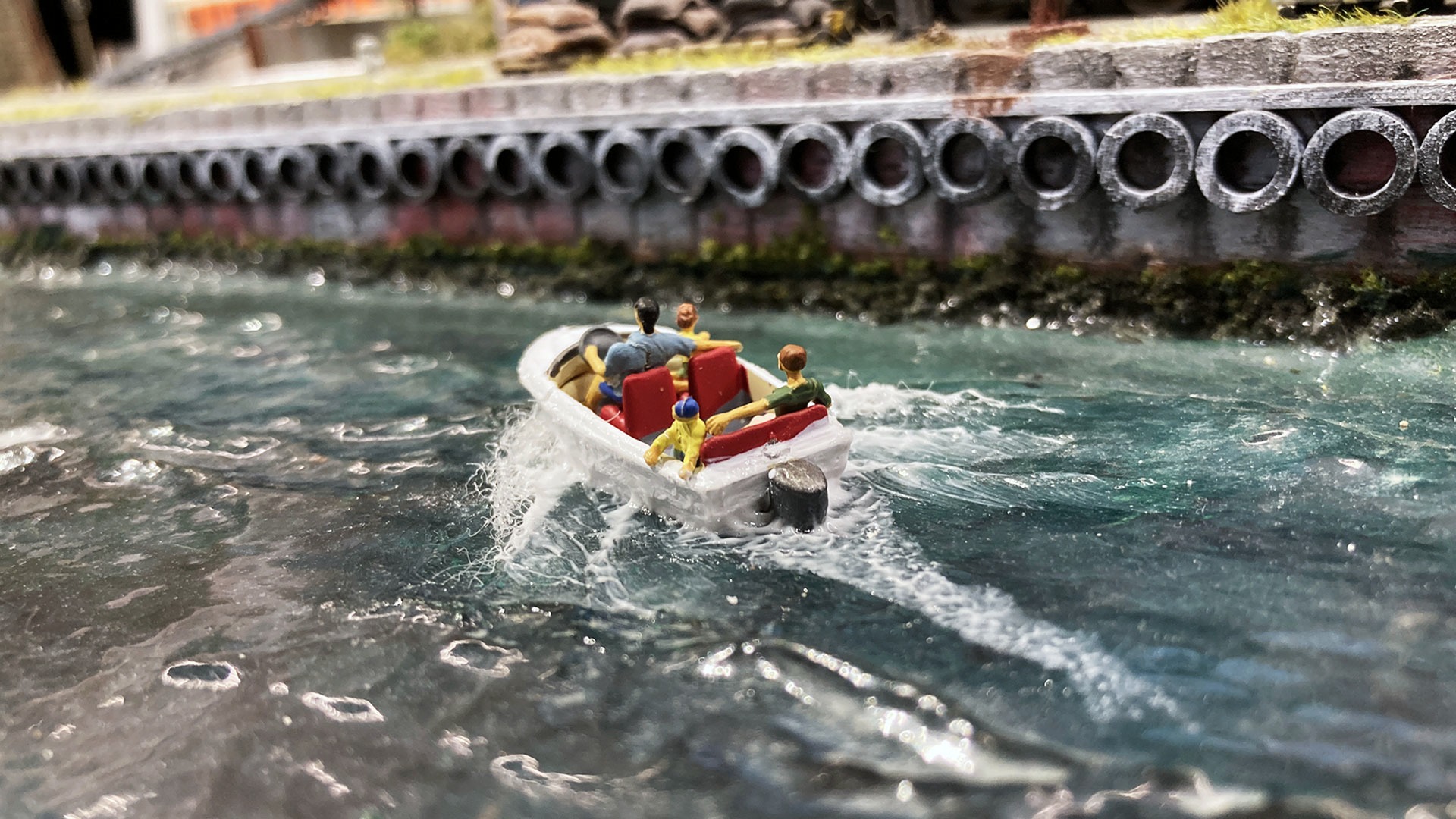
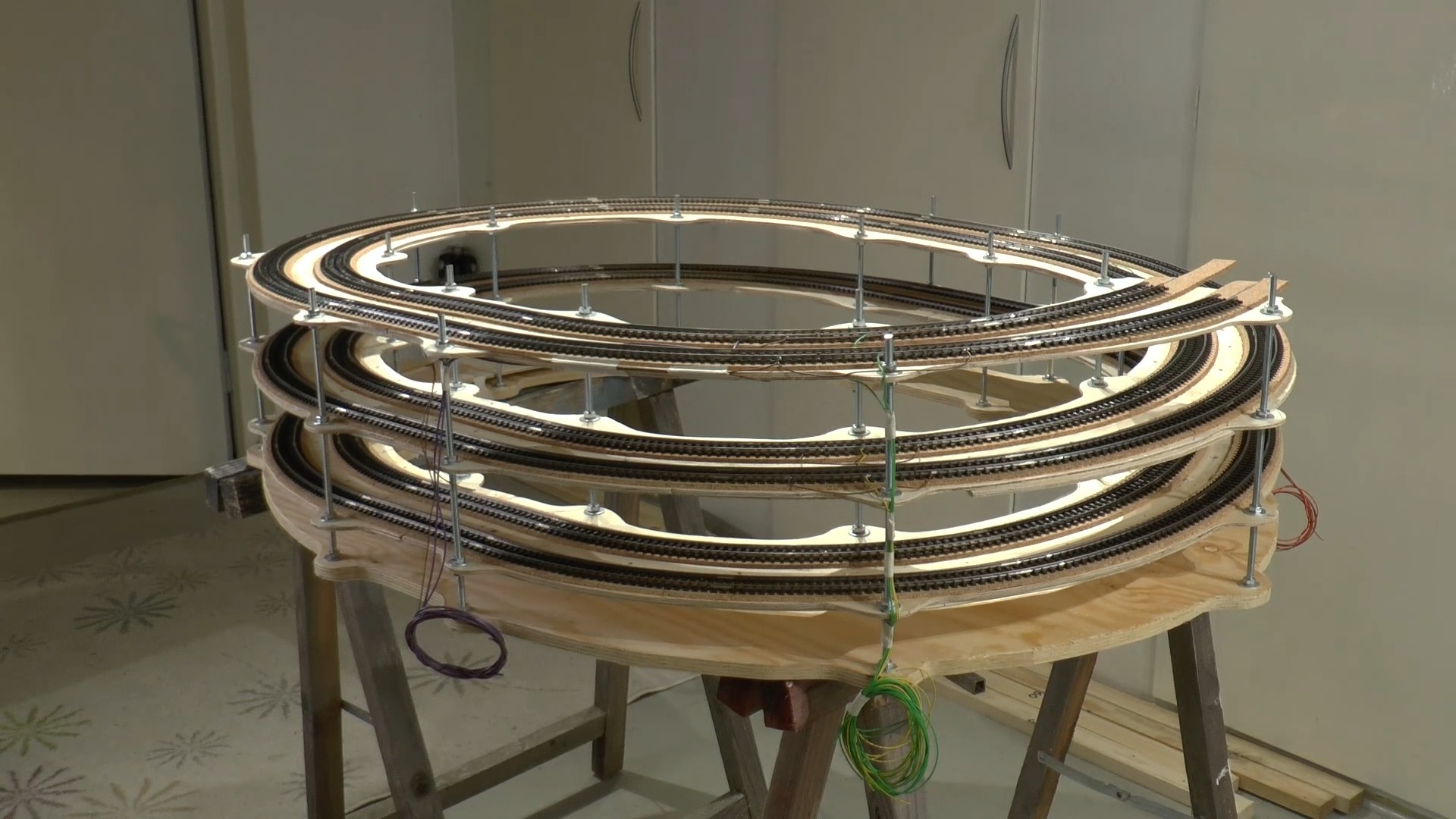


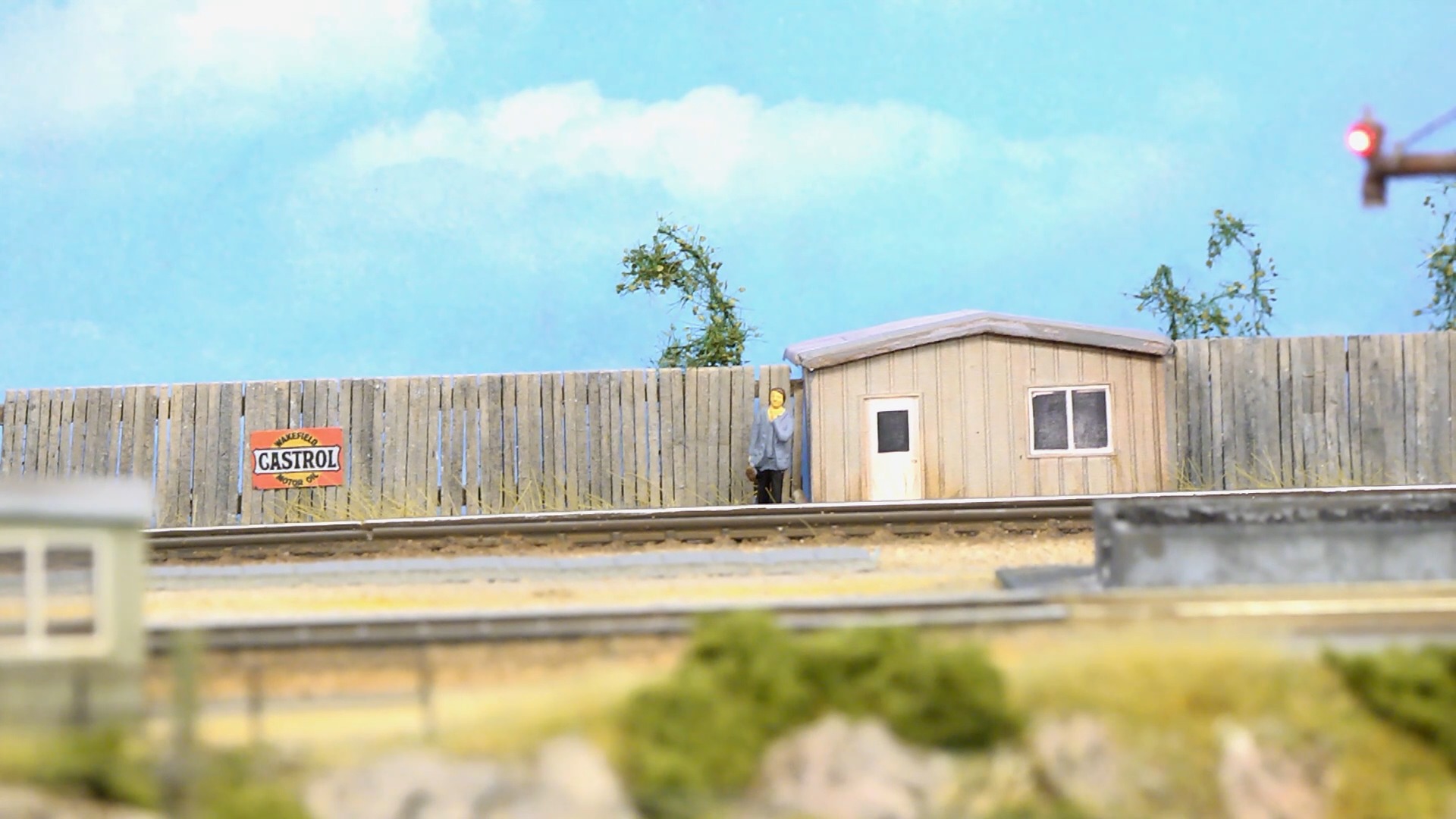
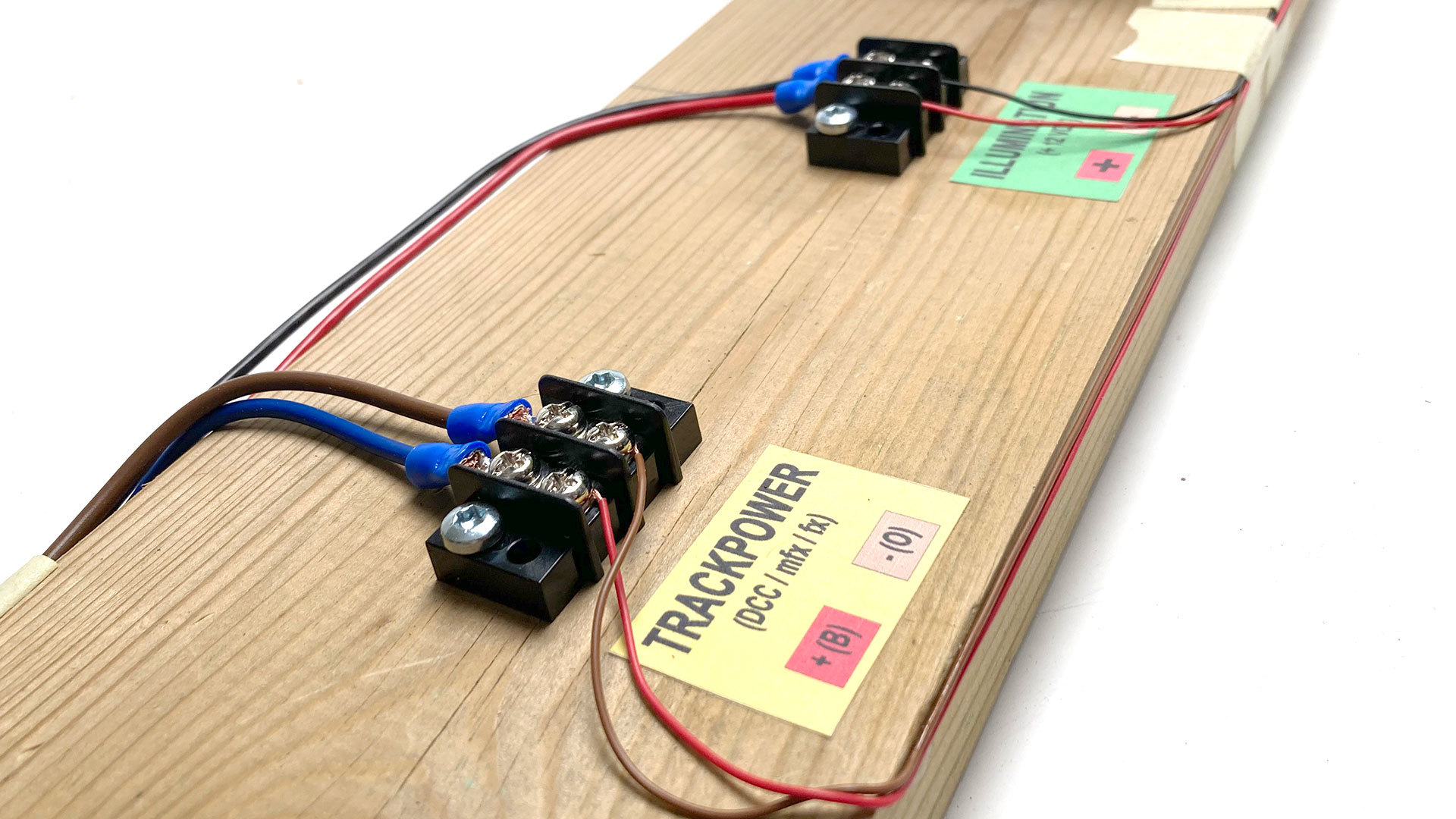

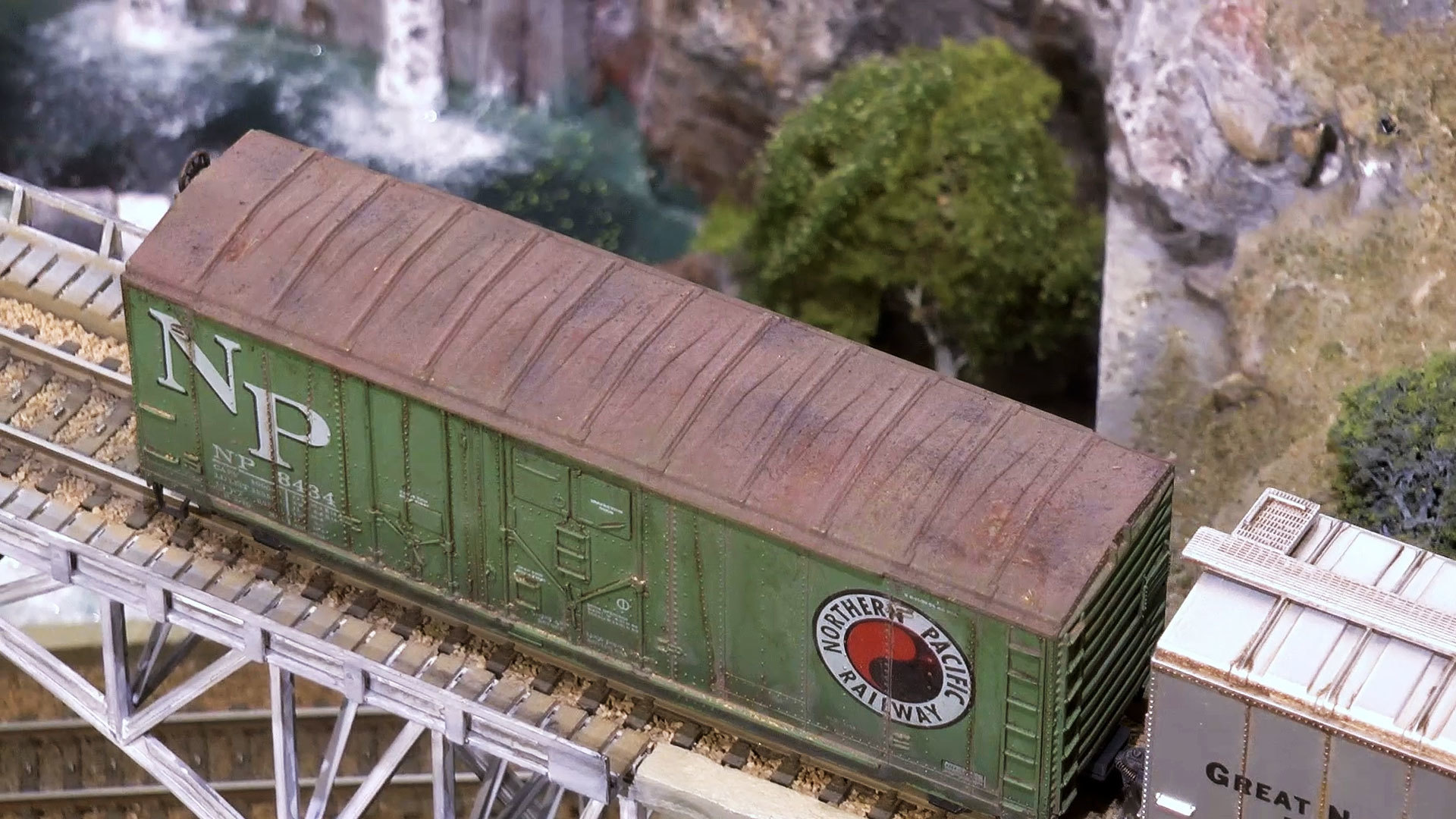
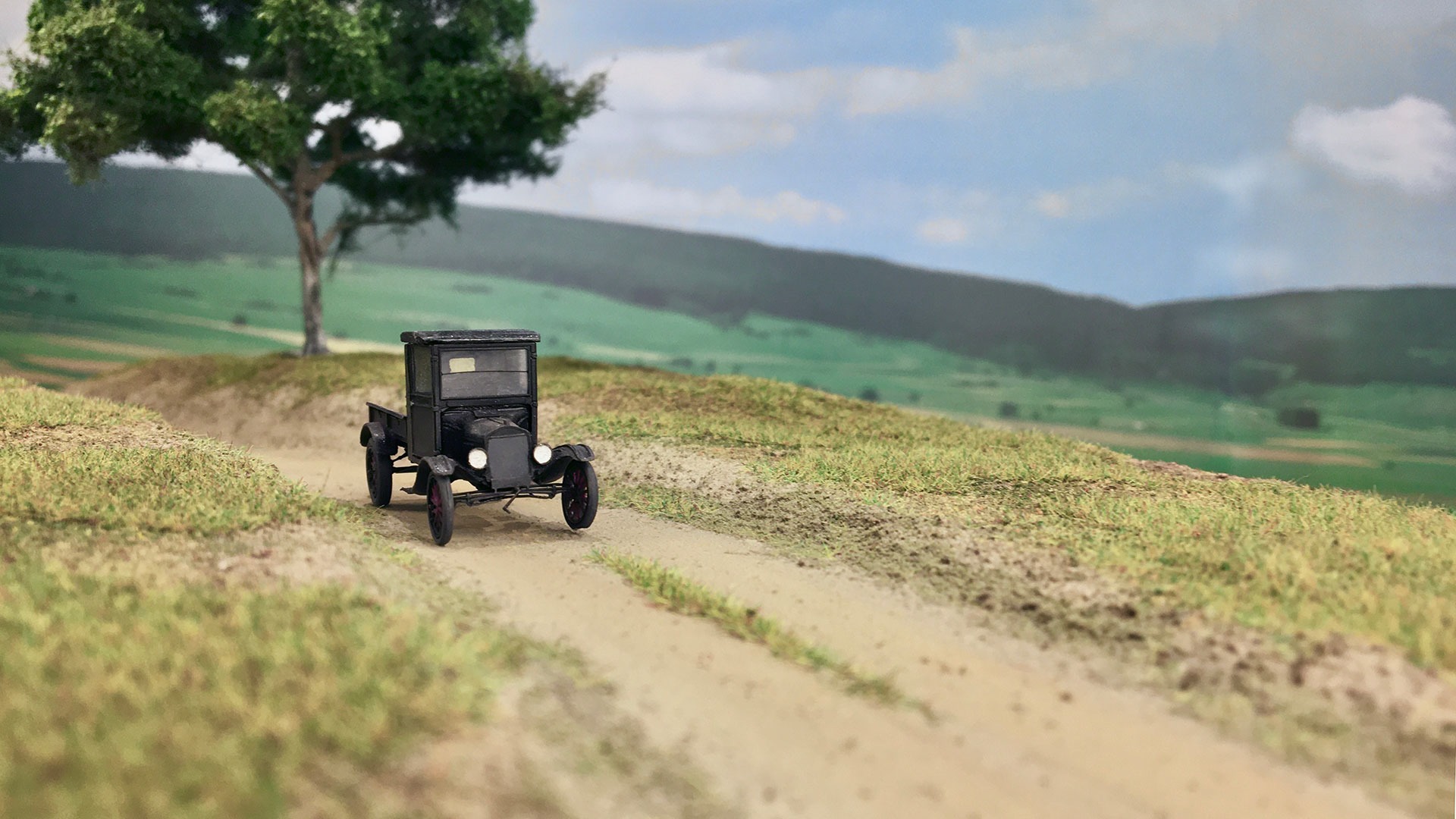
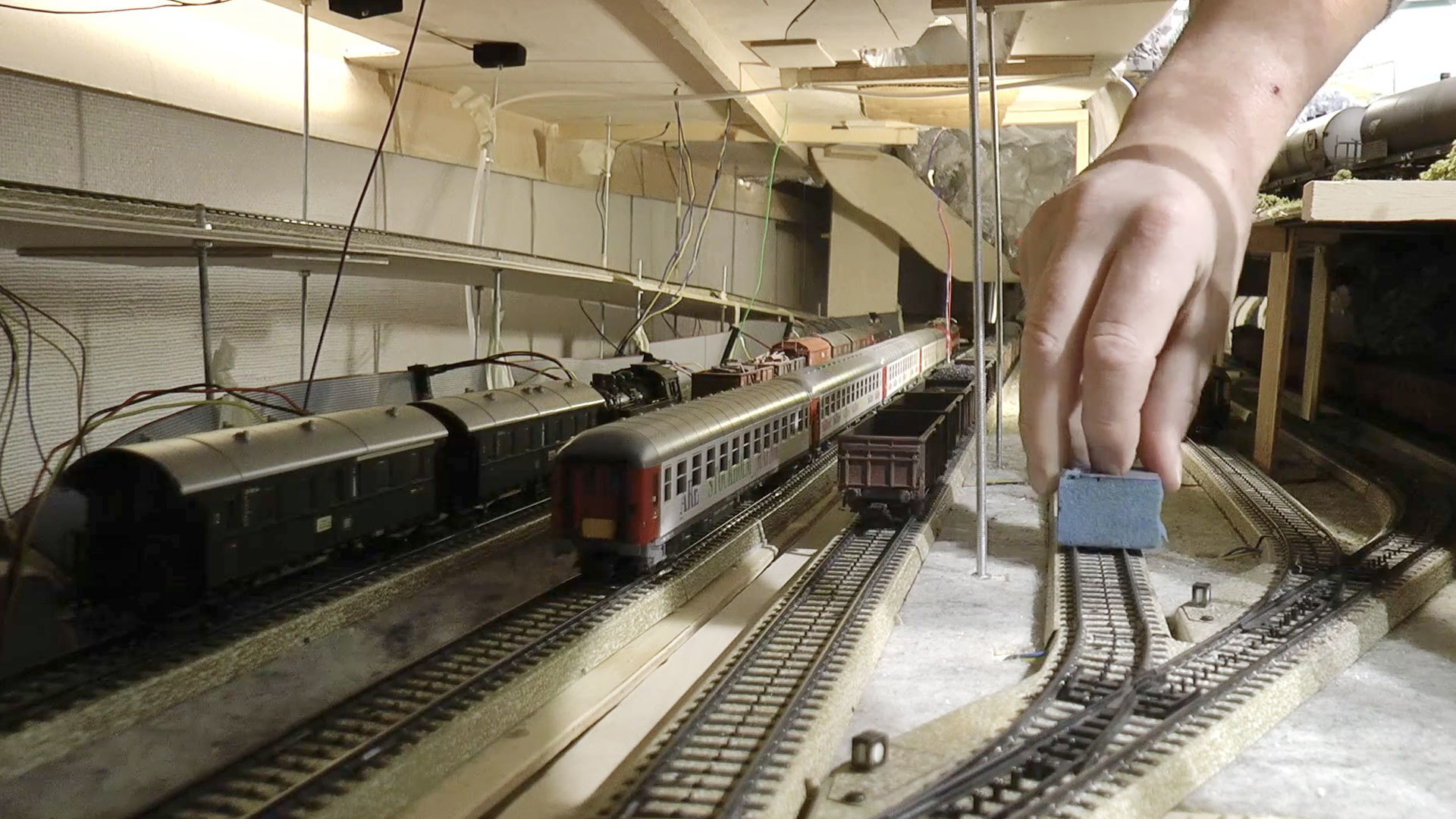
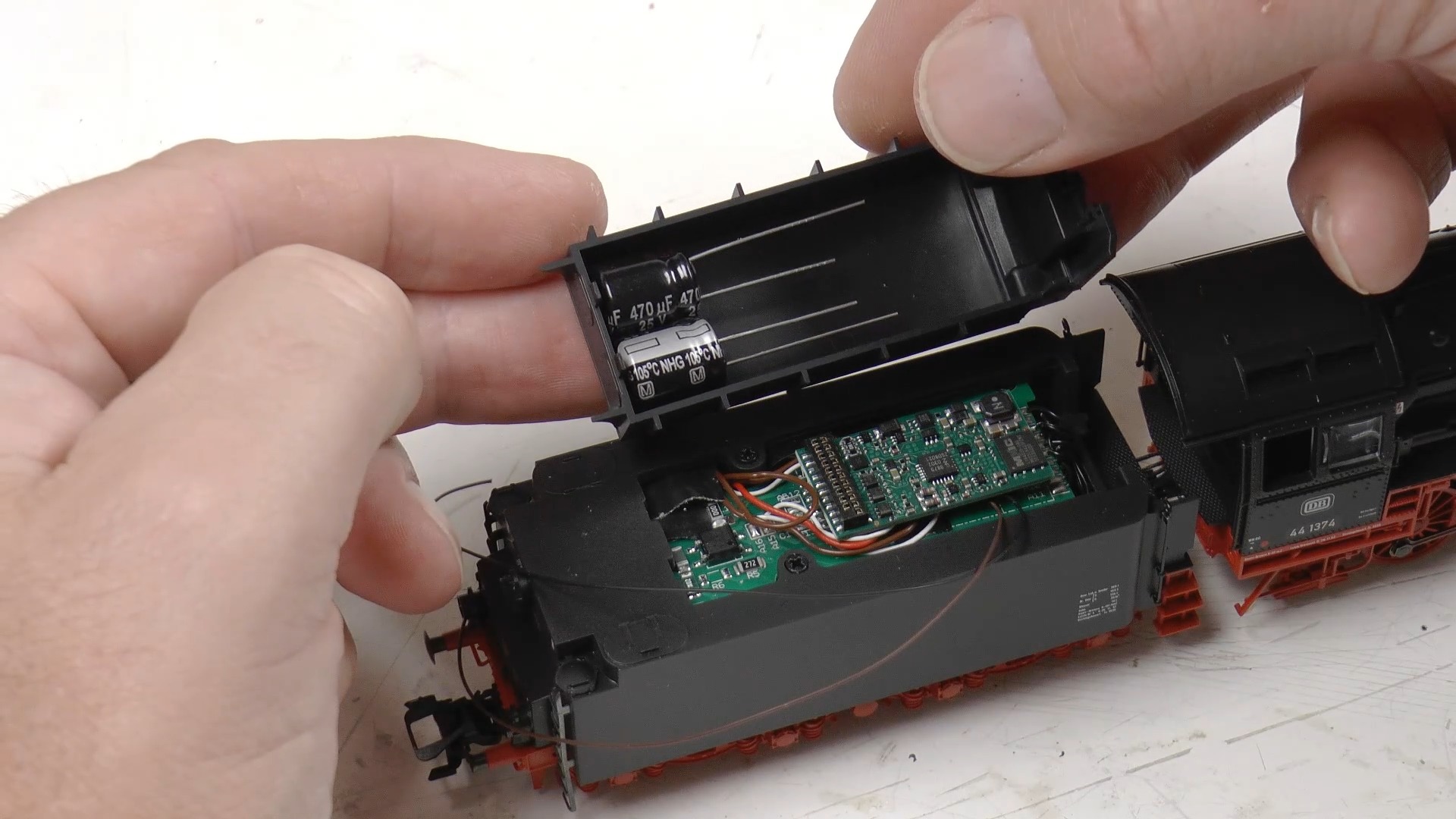
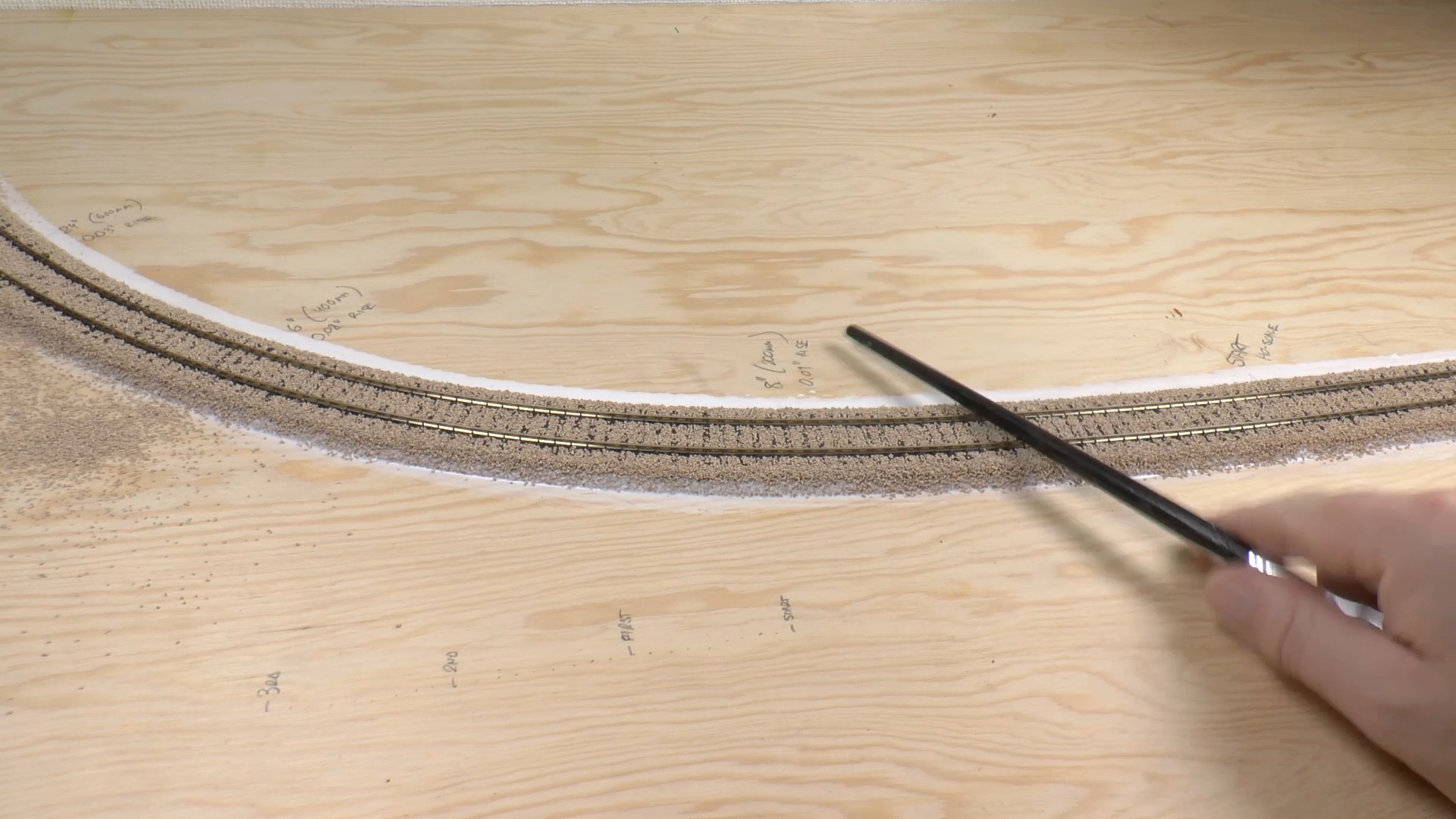
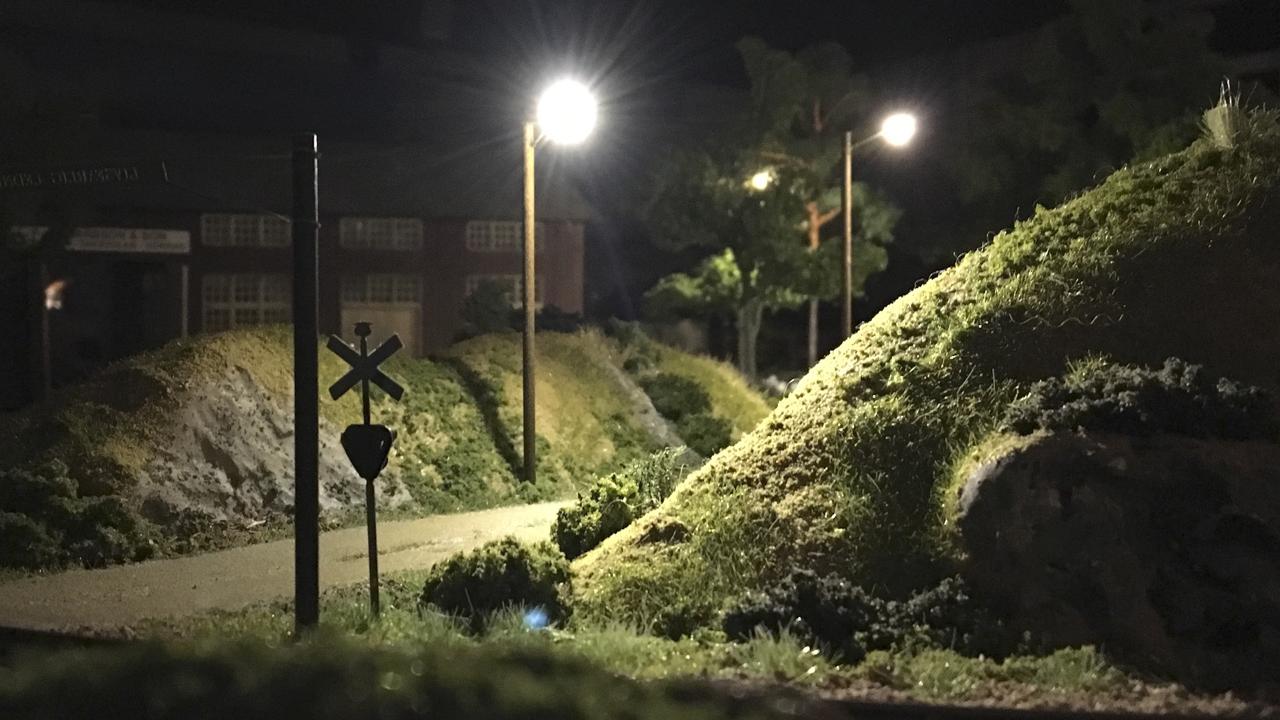
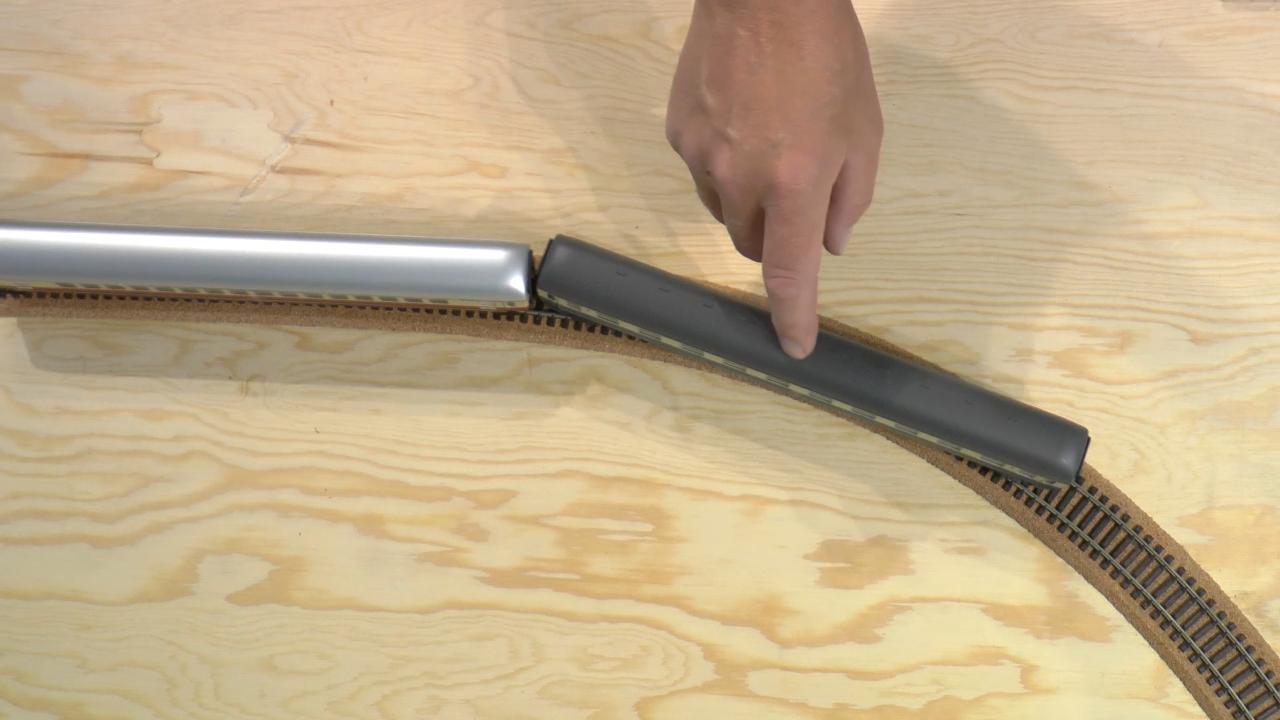
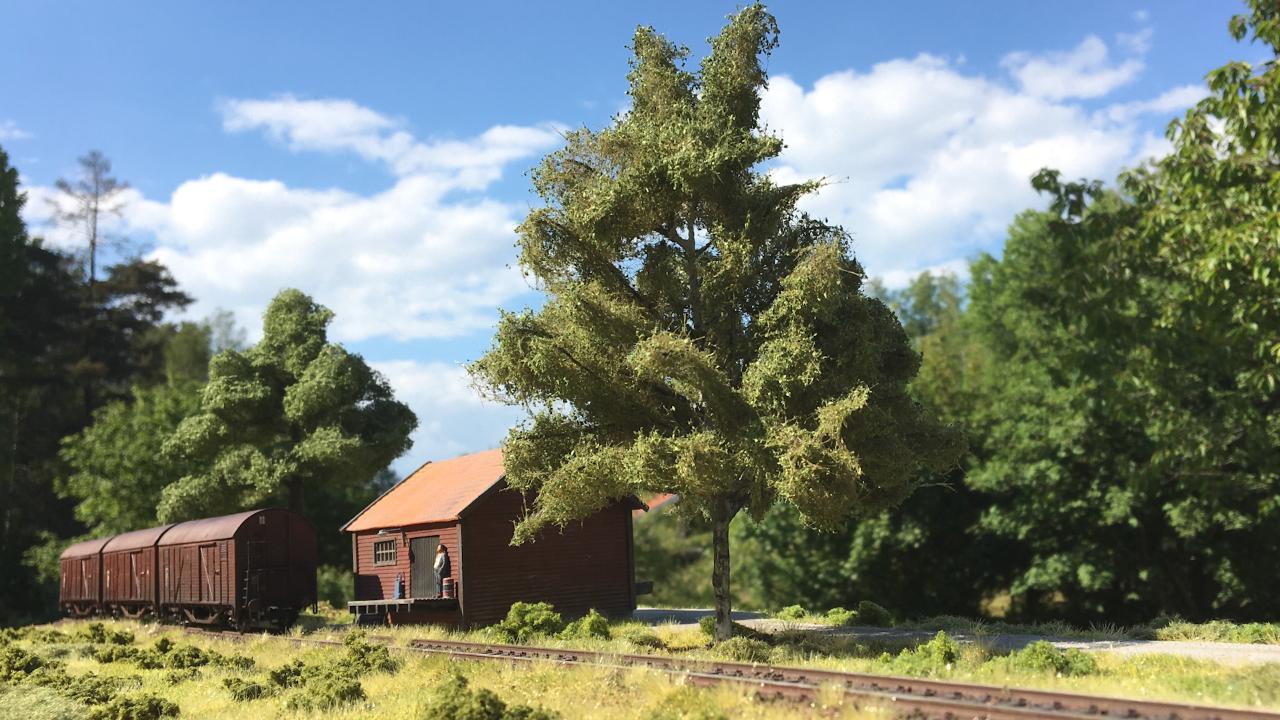
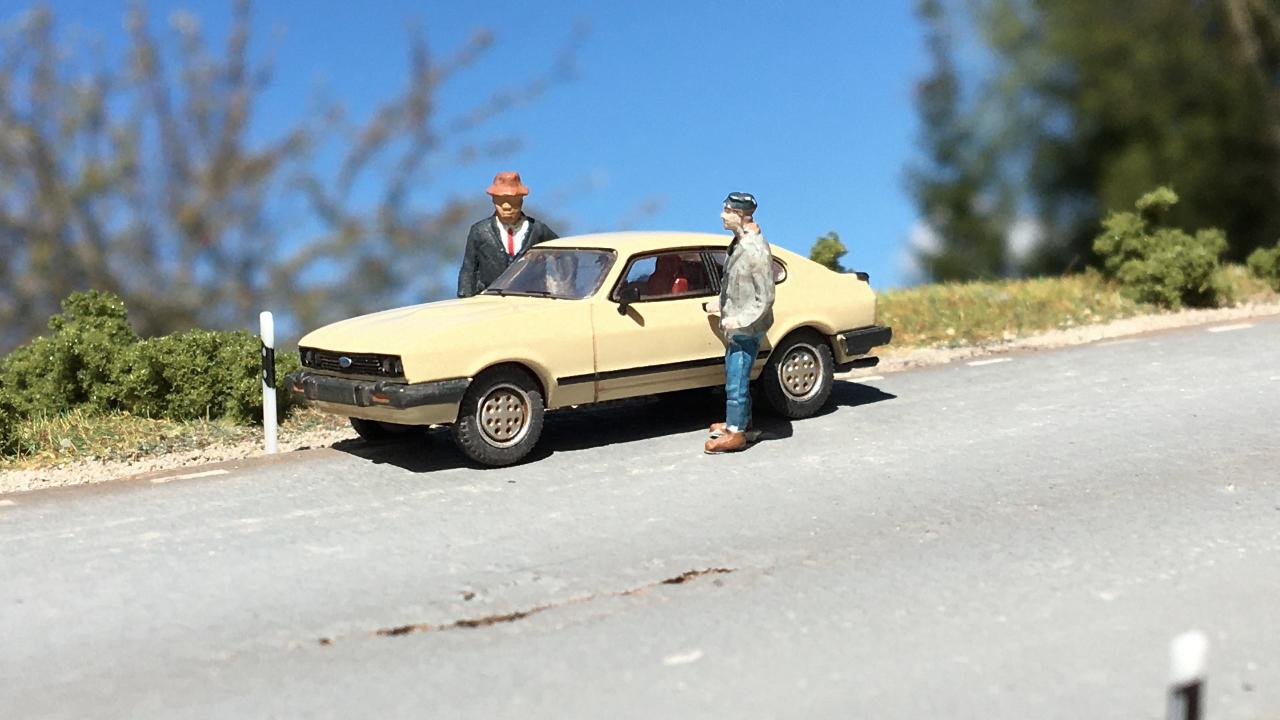
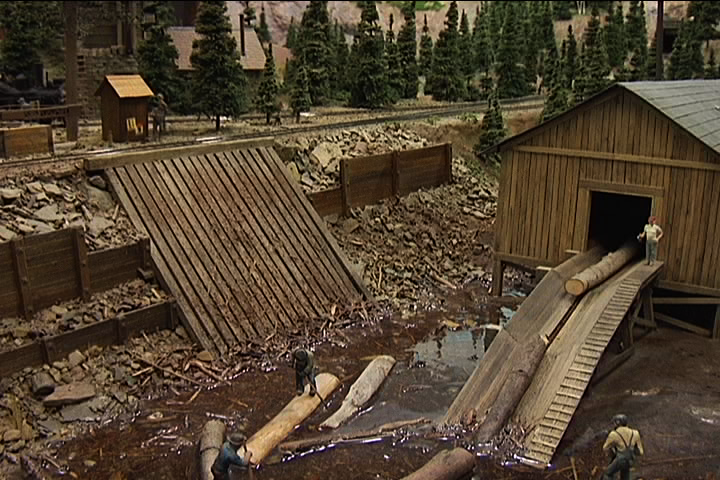
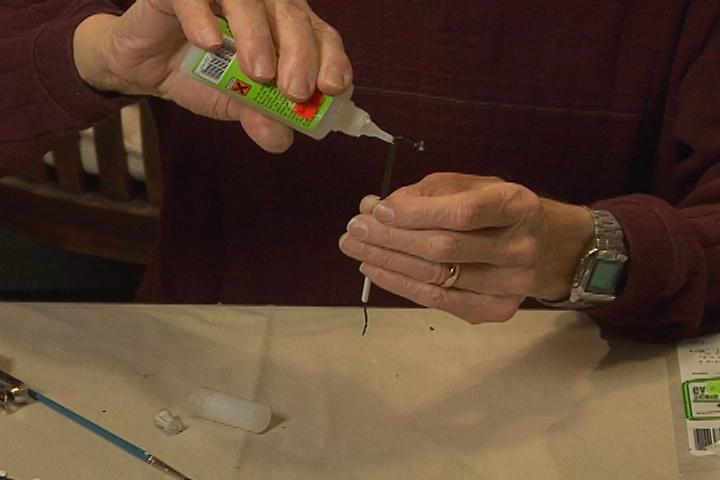

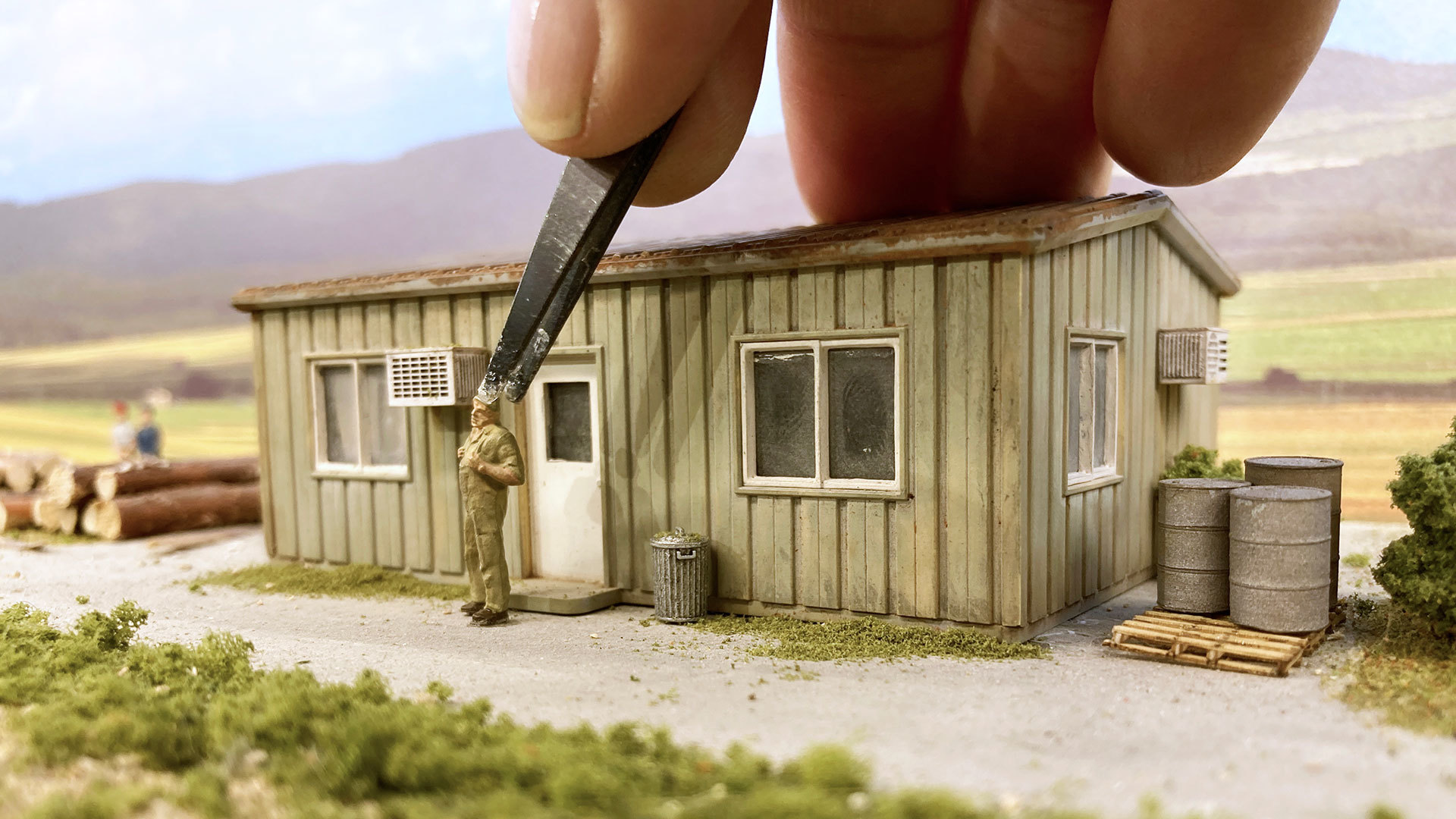
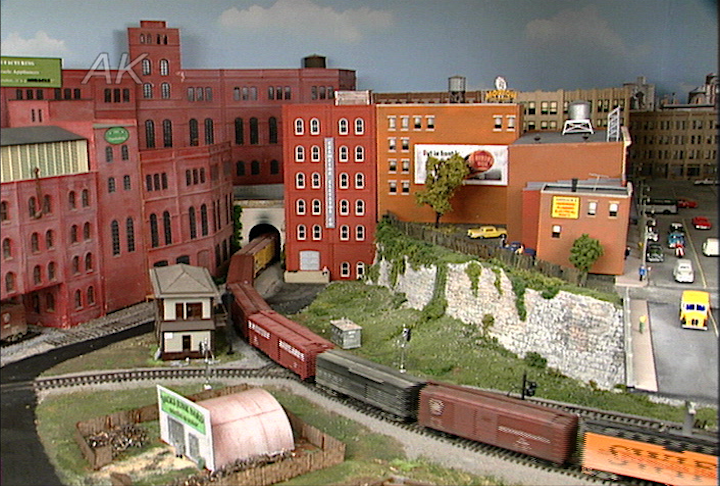
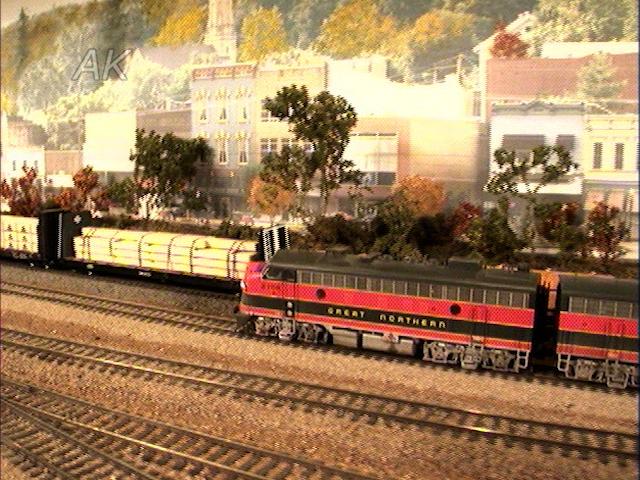
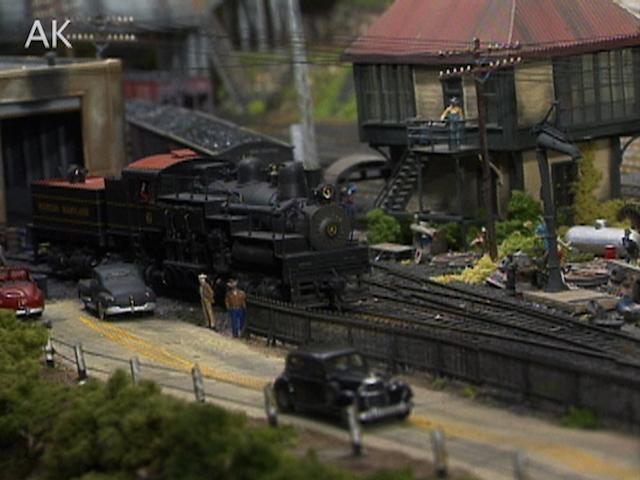

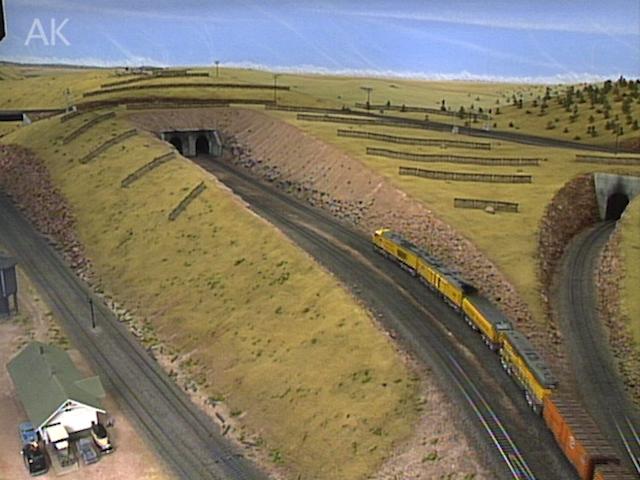

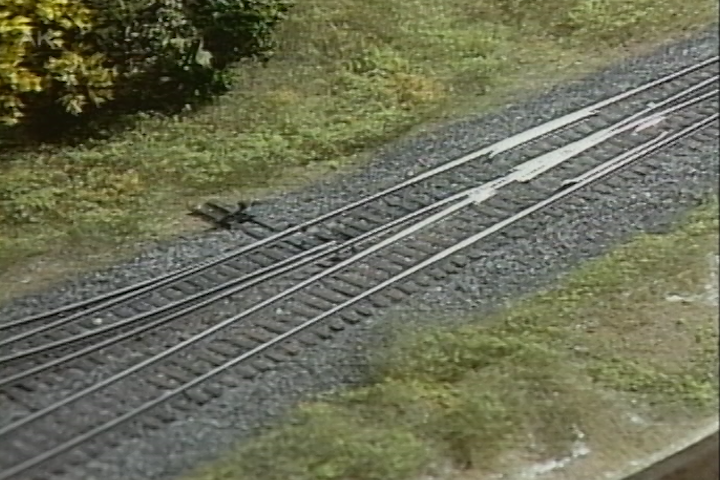


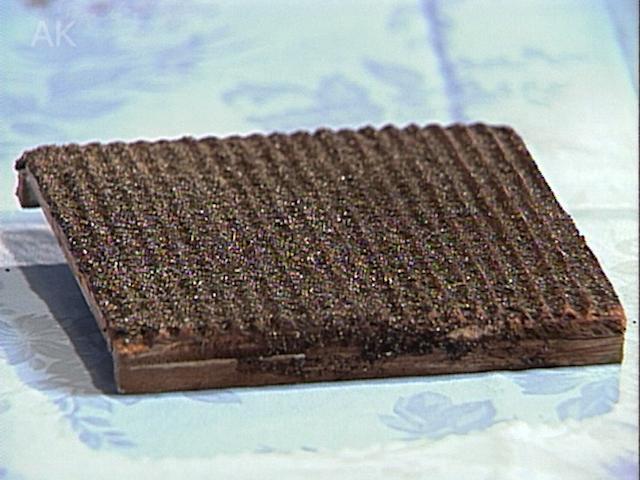

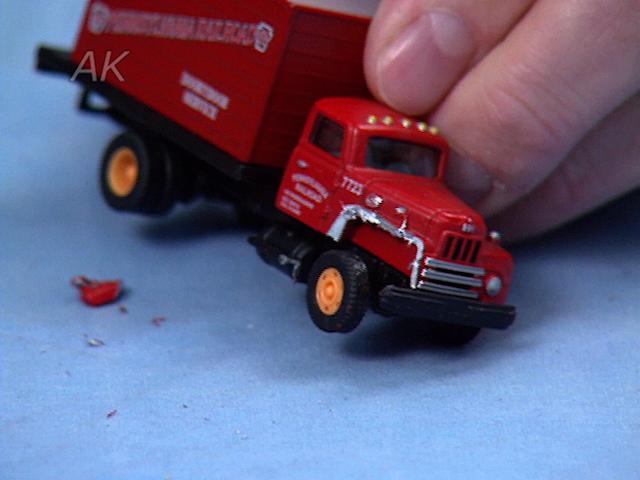
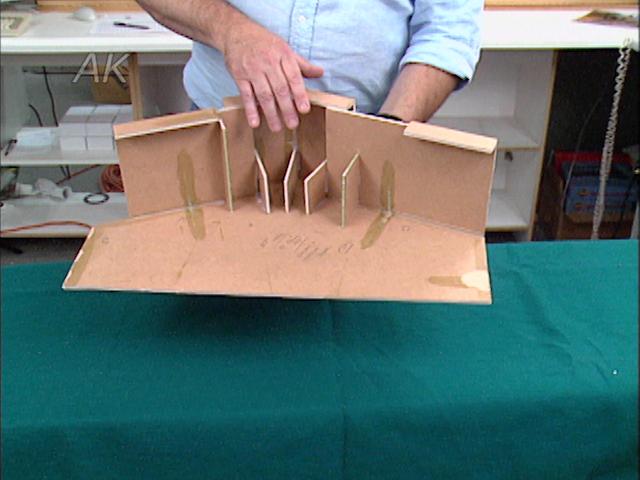

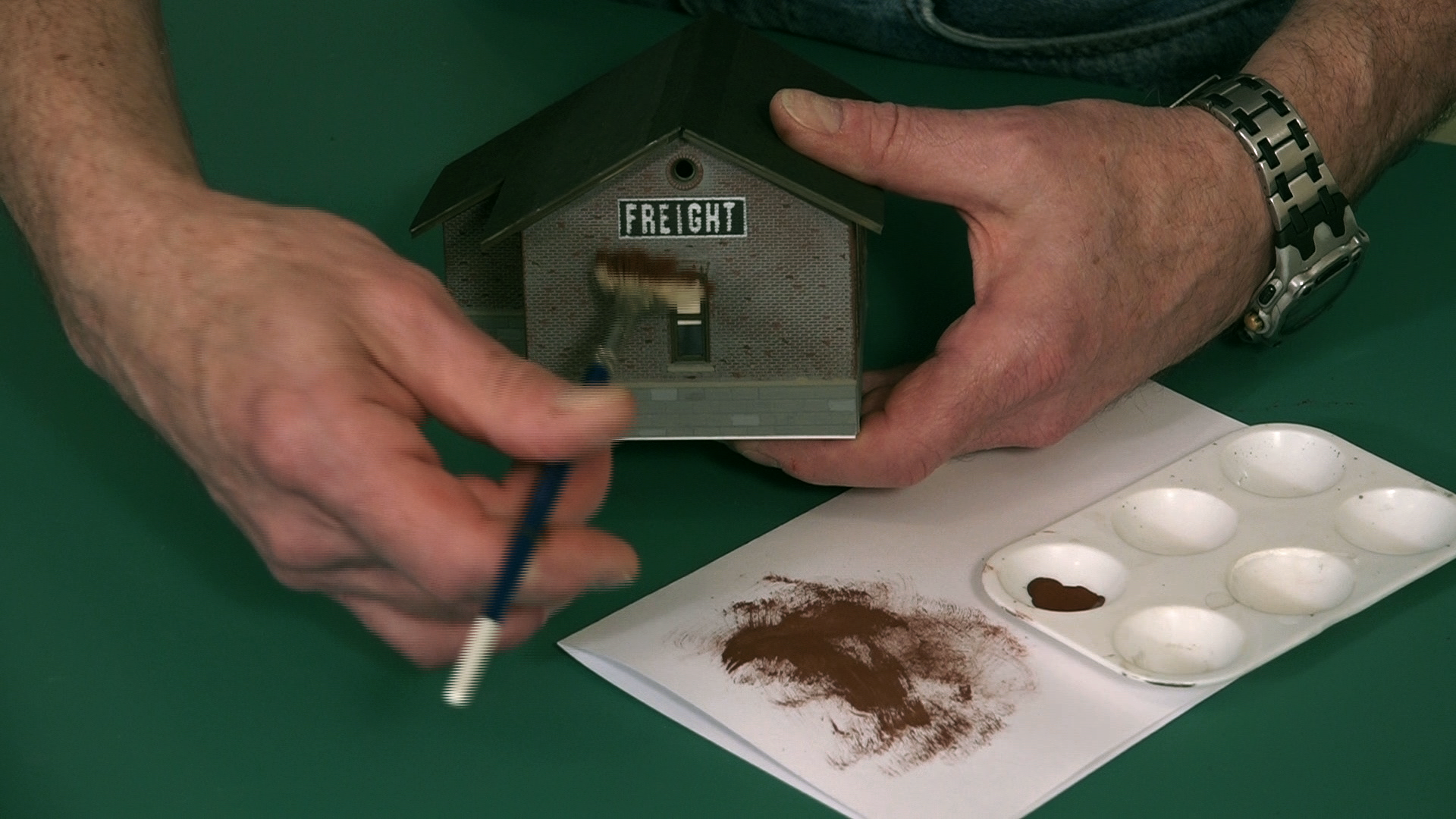
I love Martin Tärnrot's approach. He has become my favorite contributor.